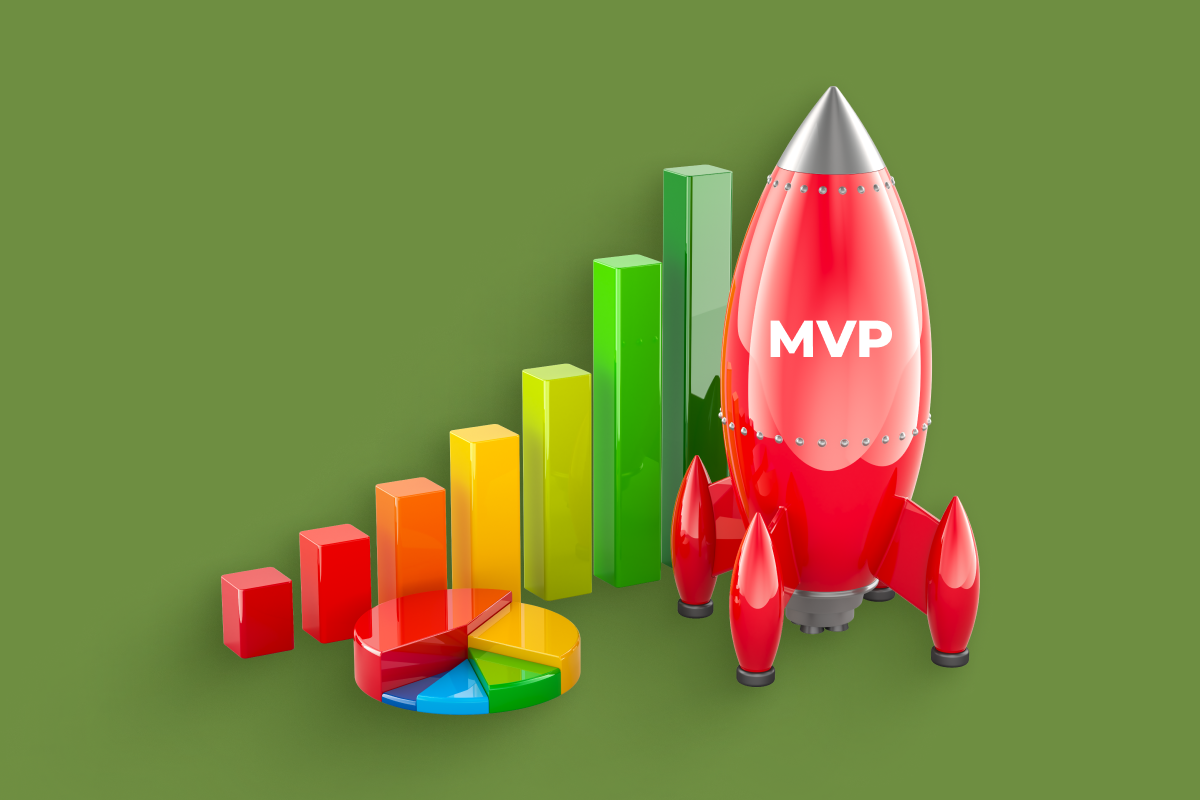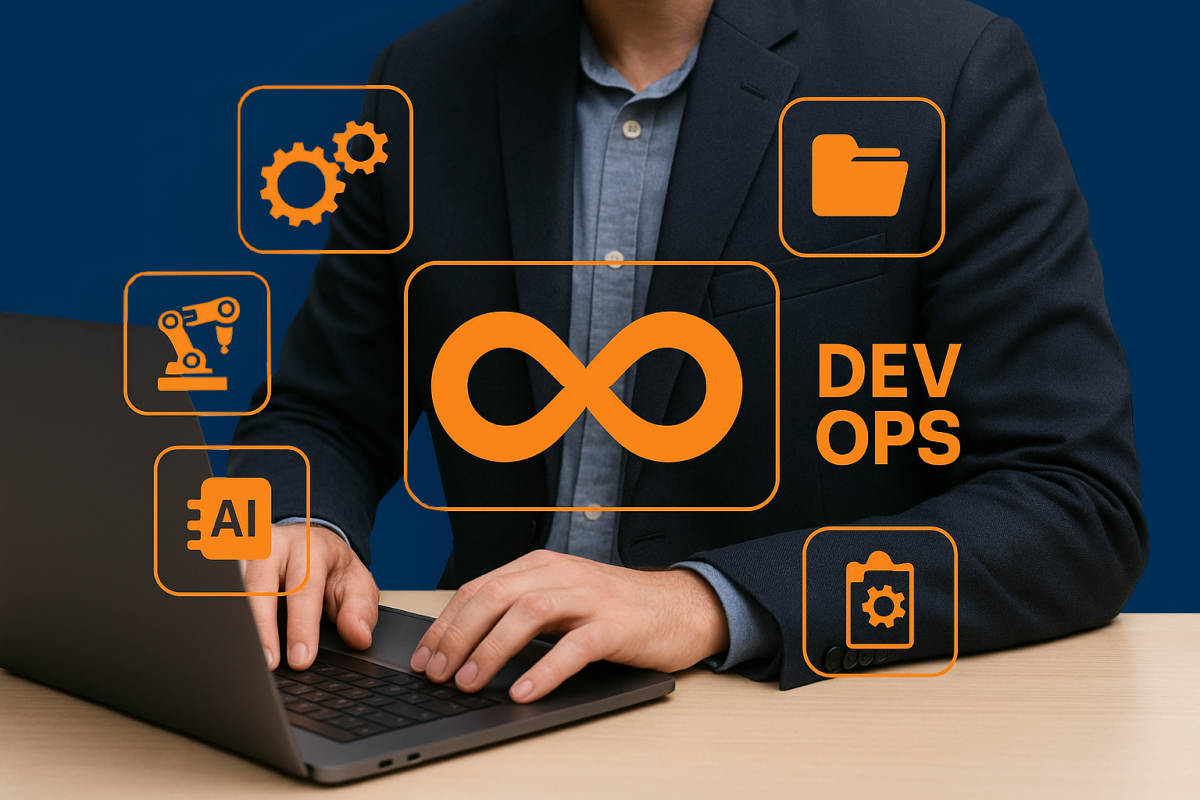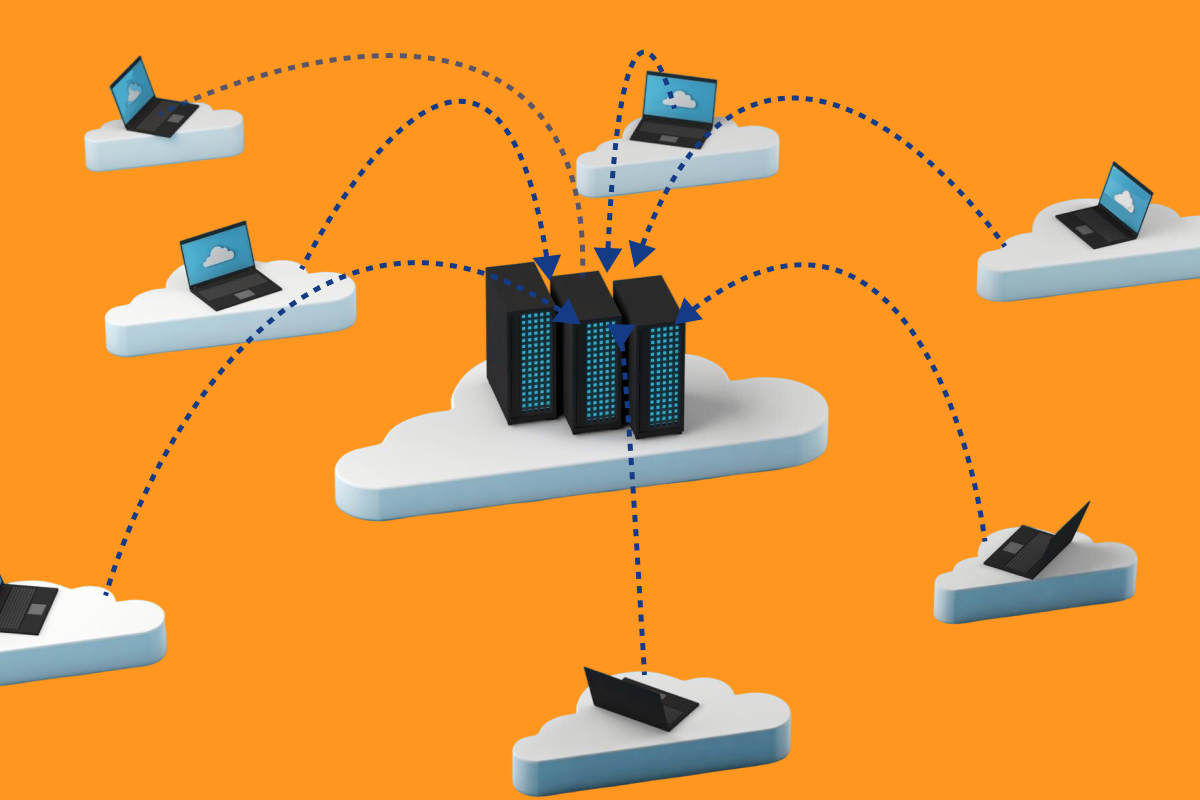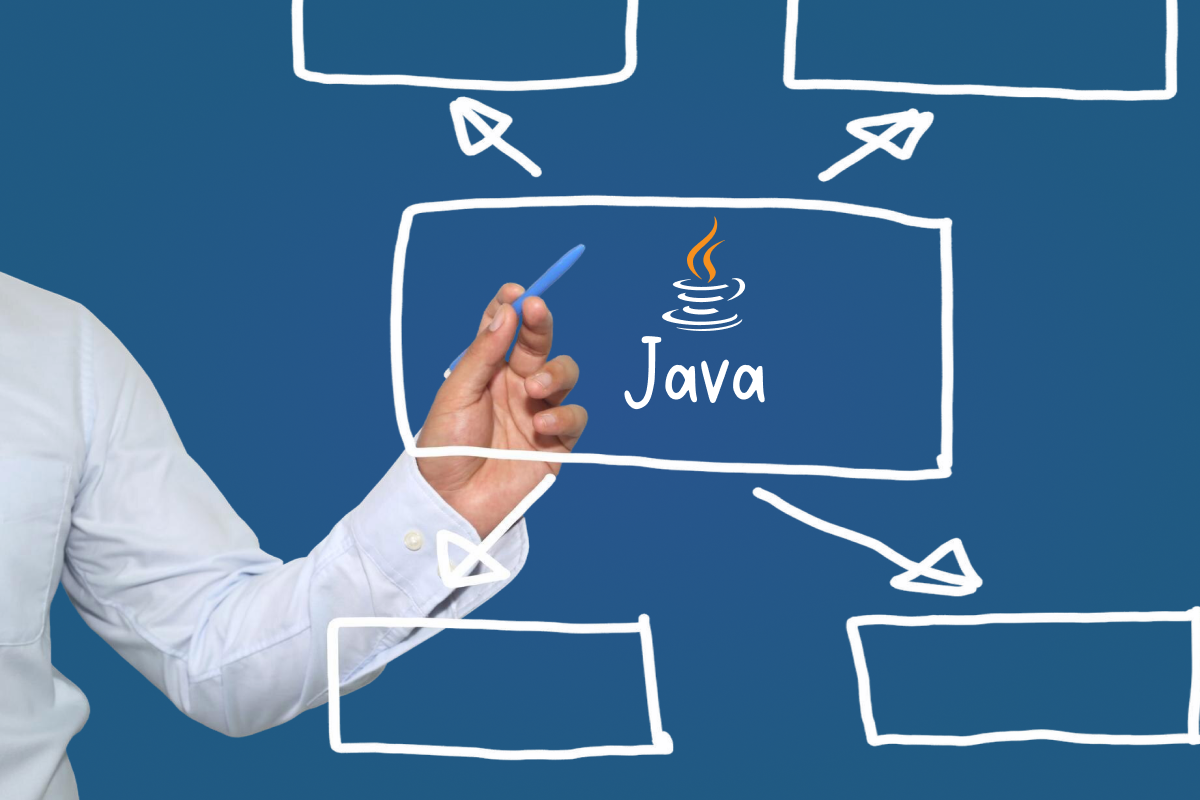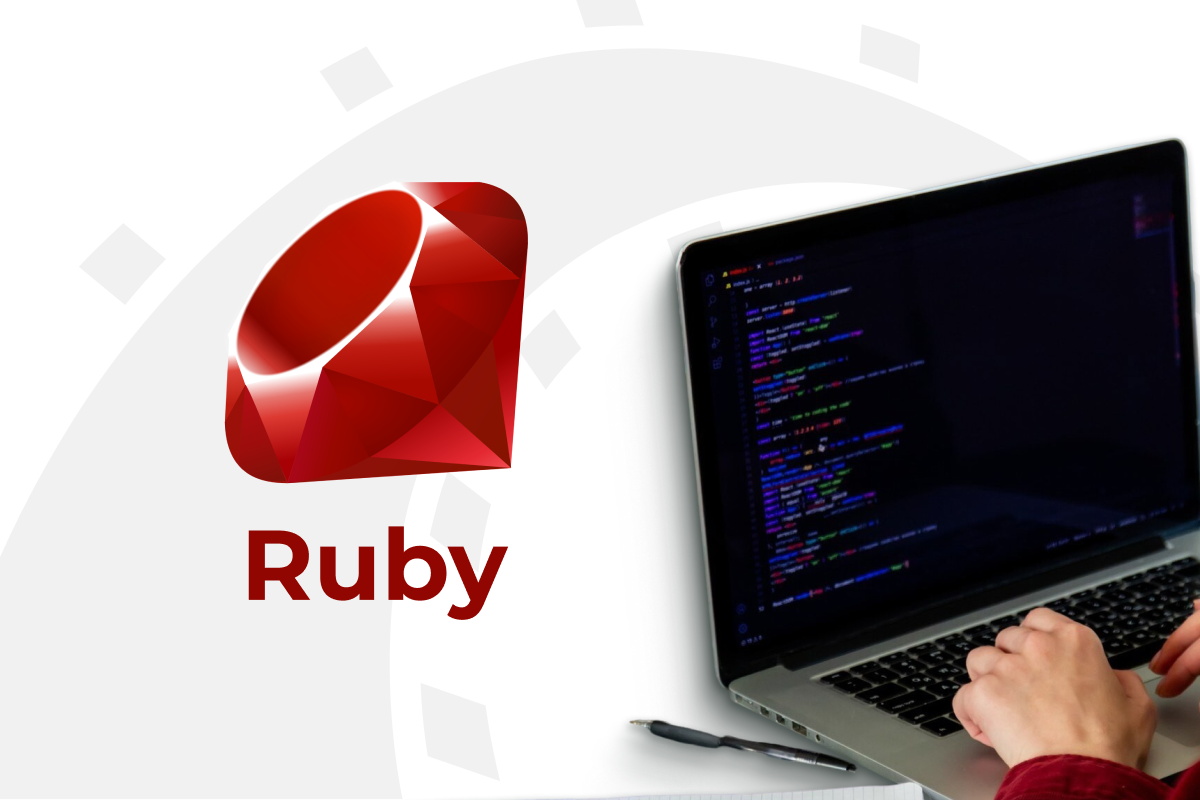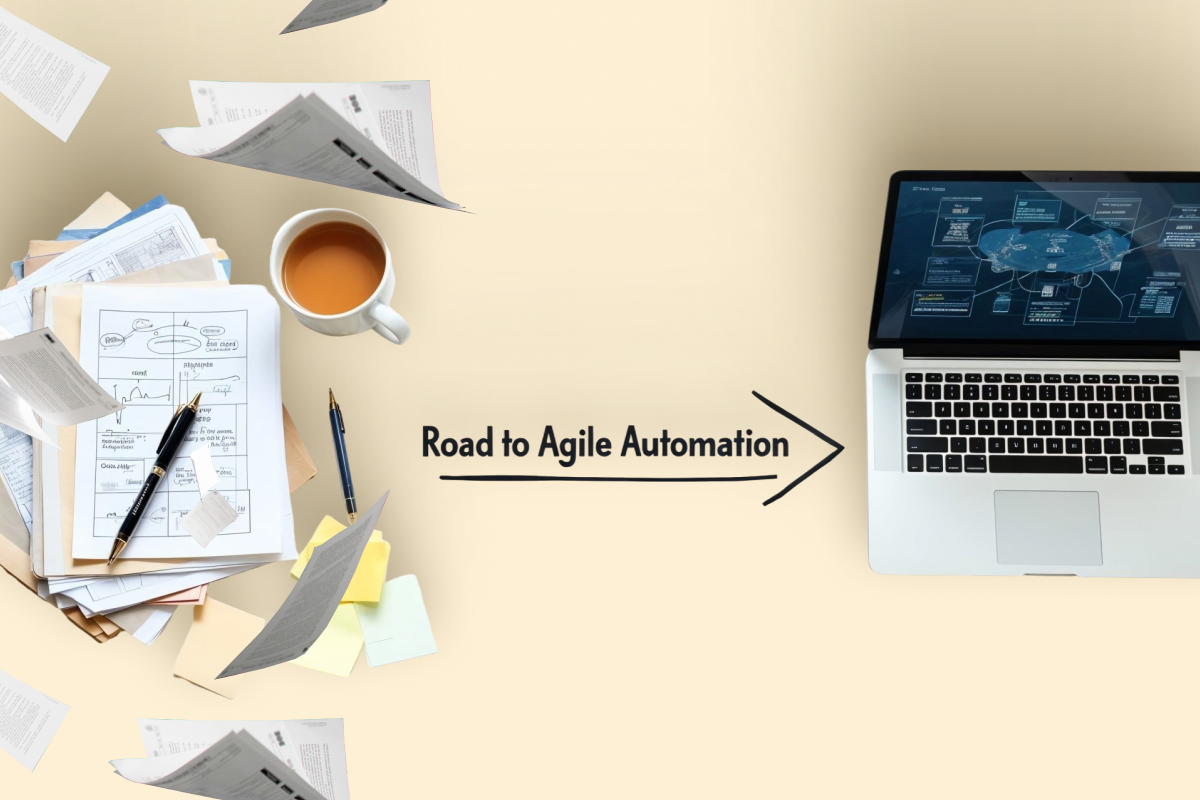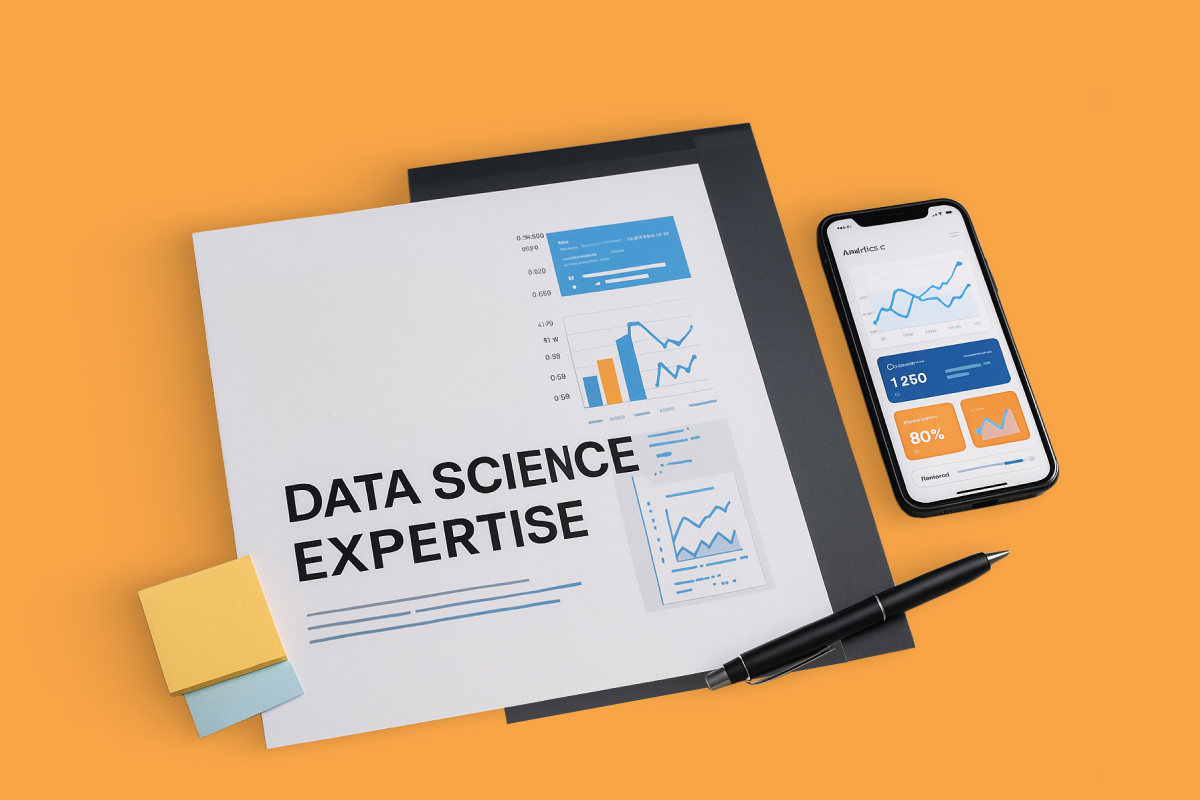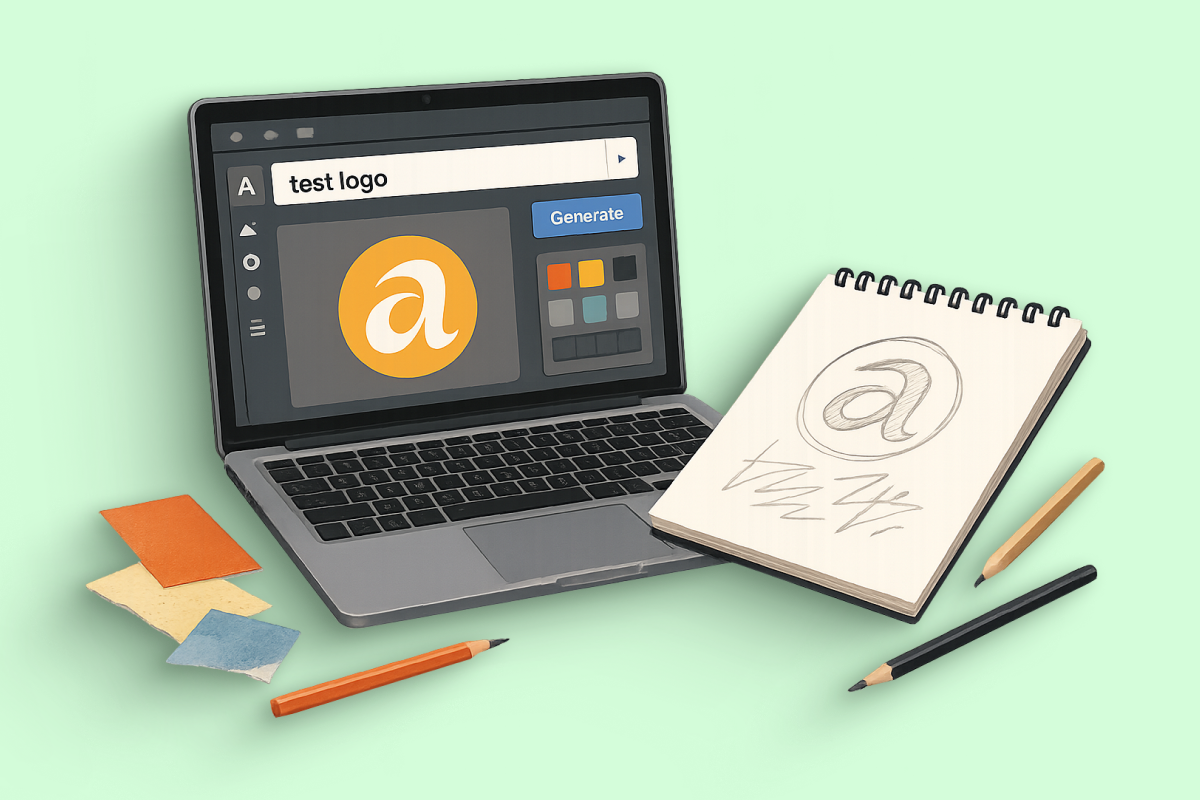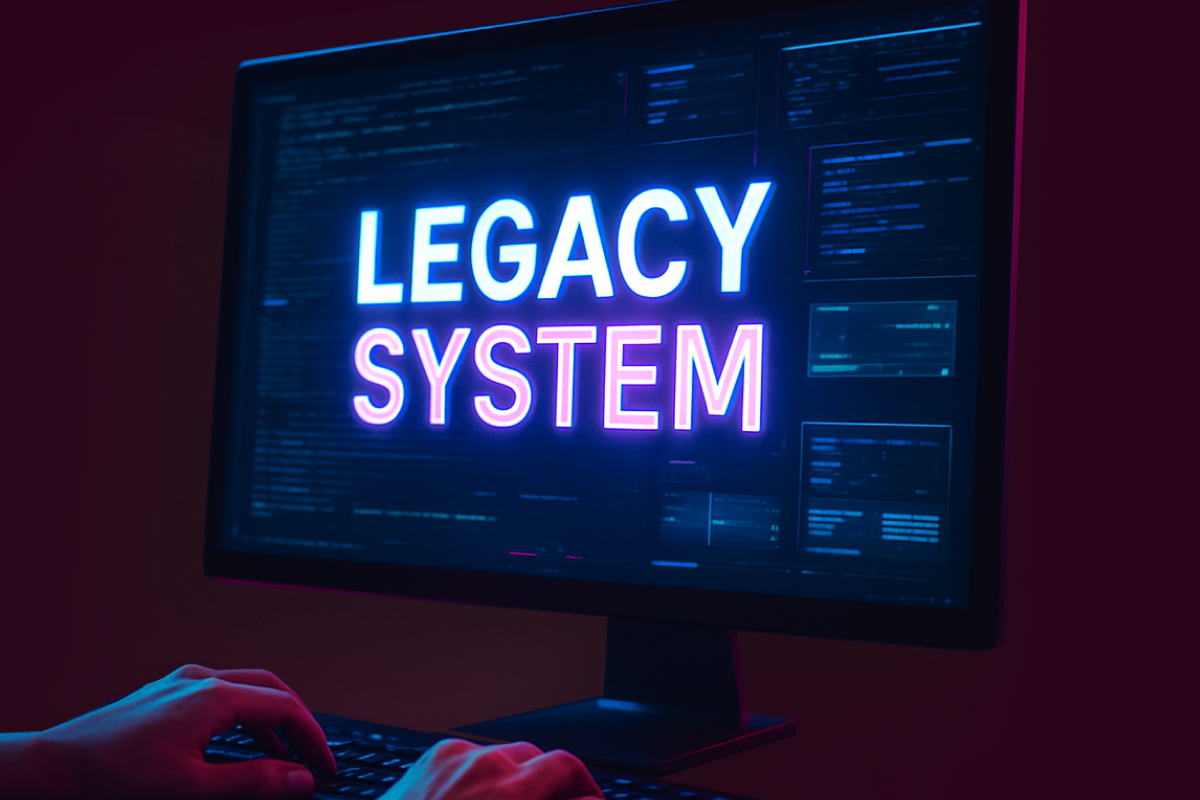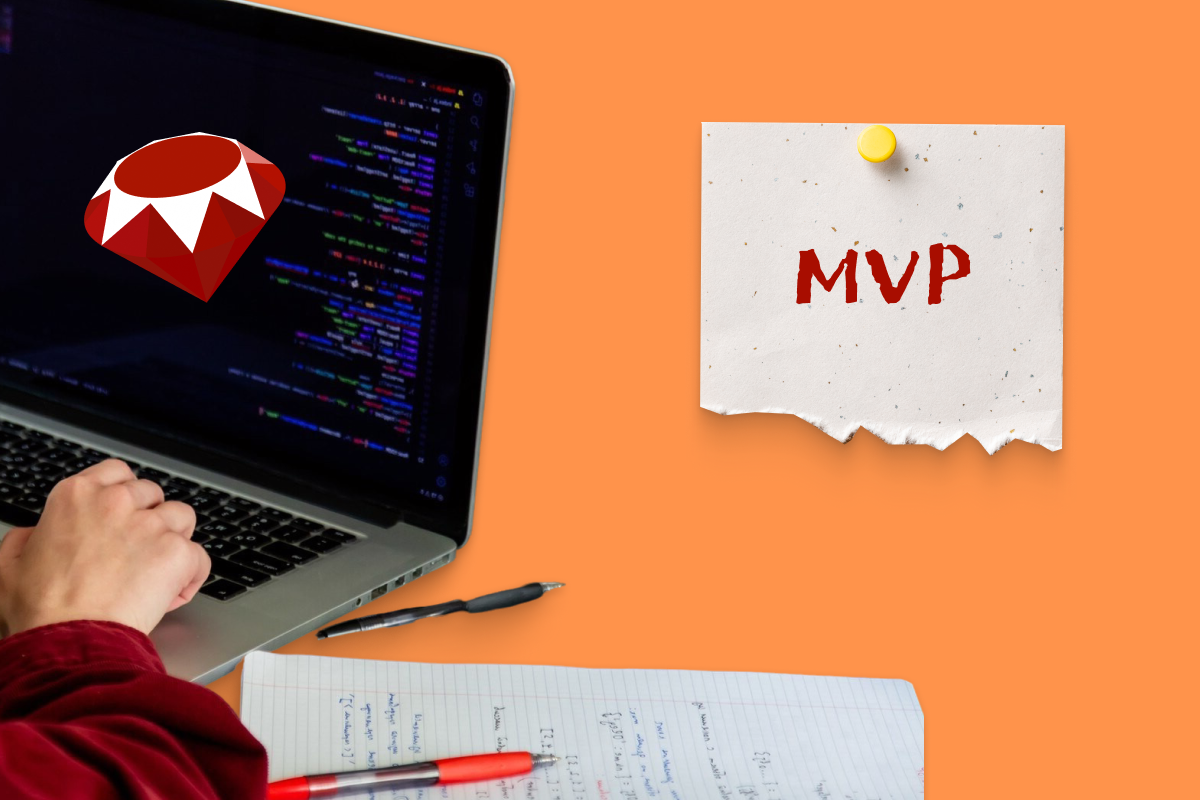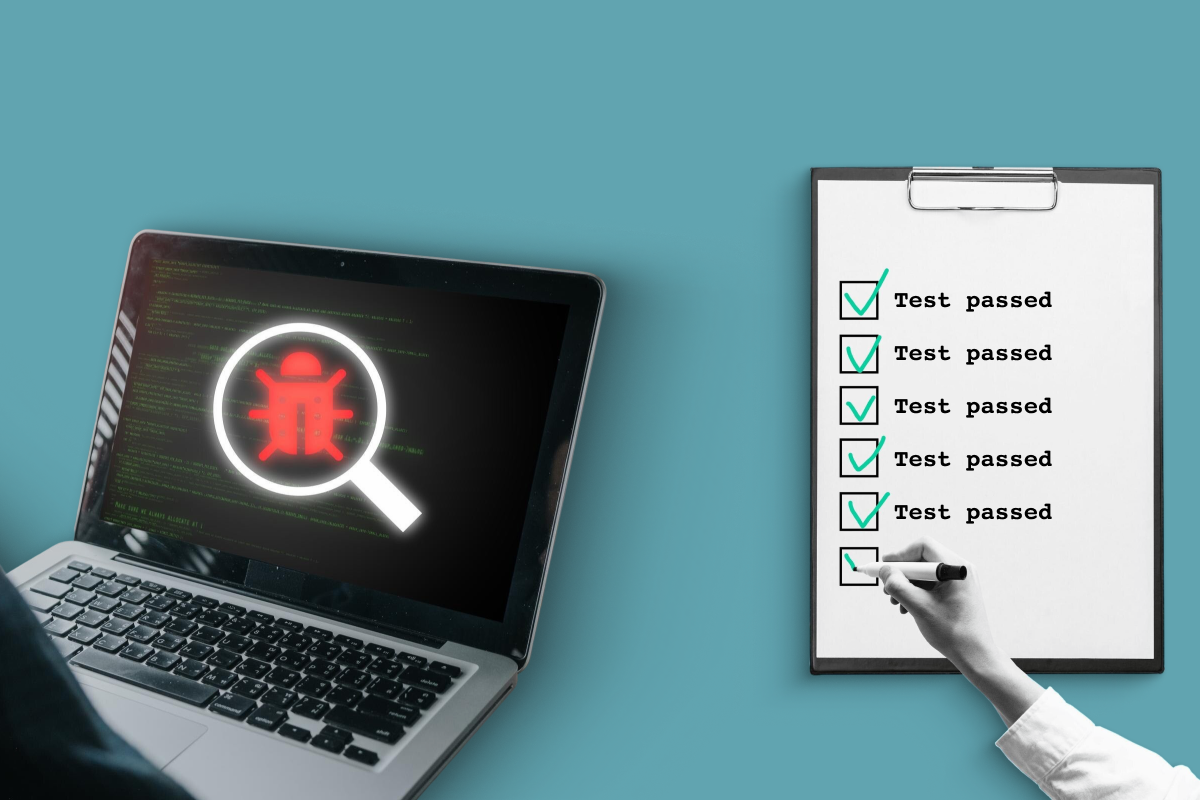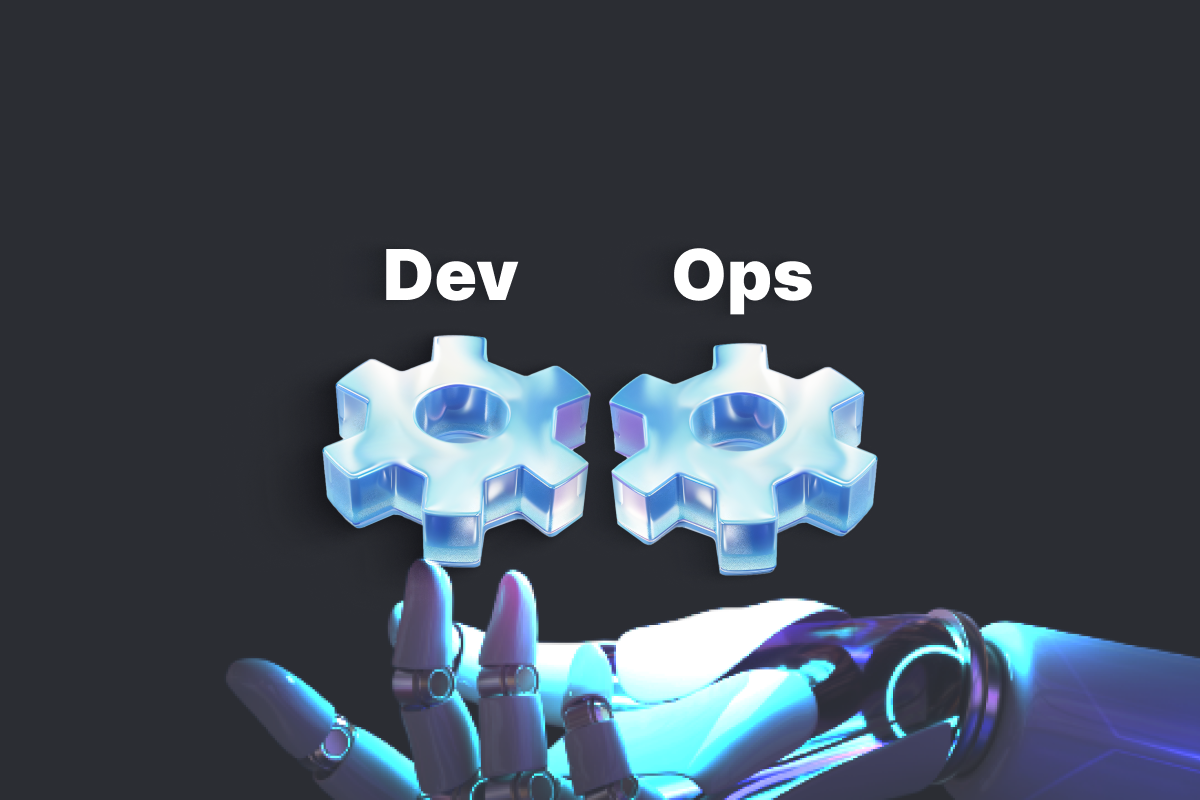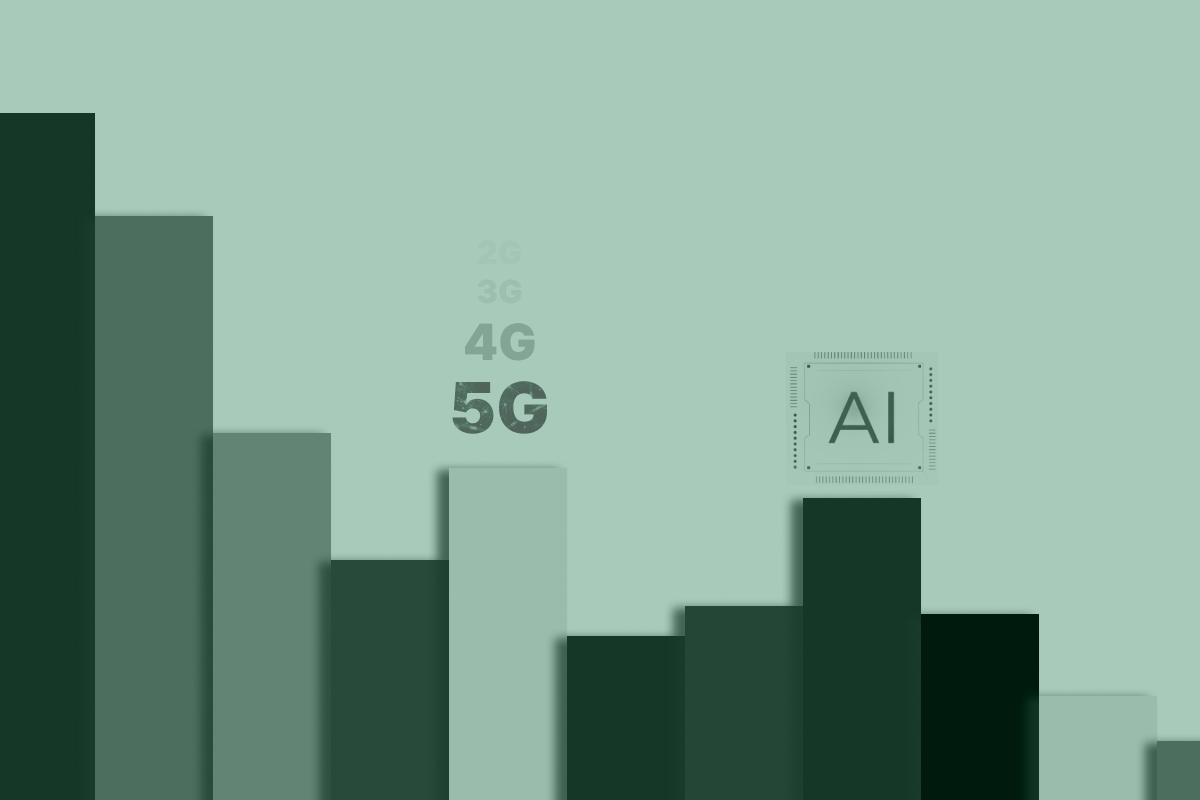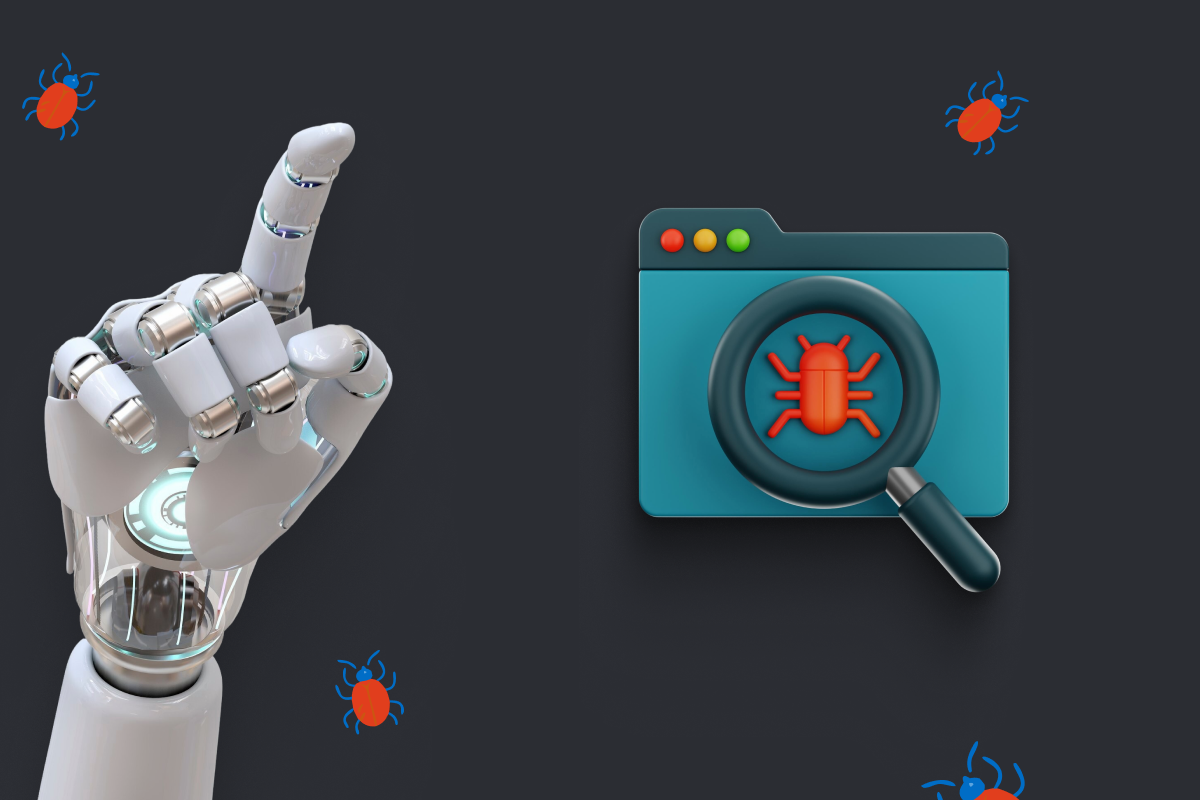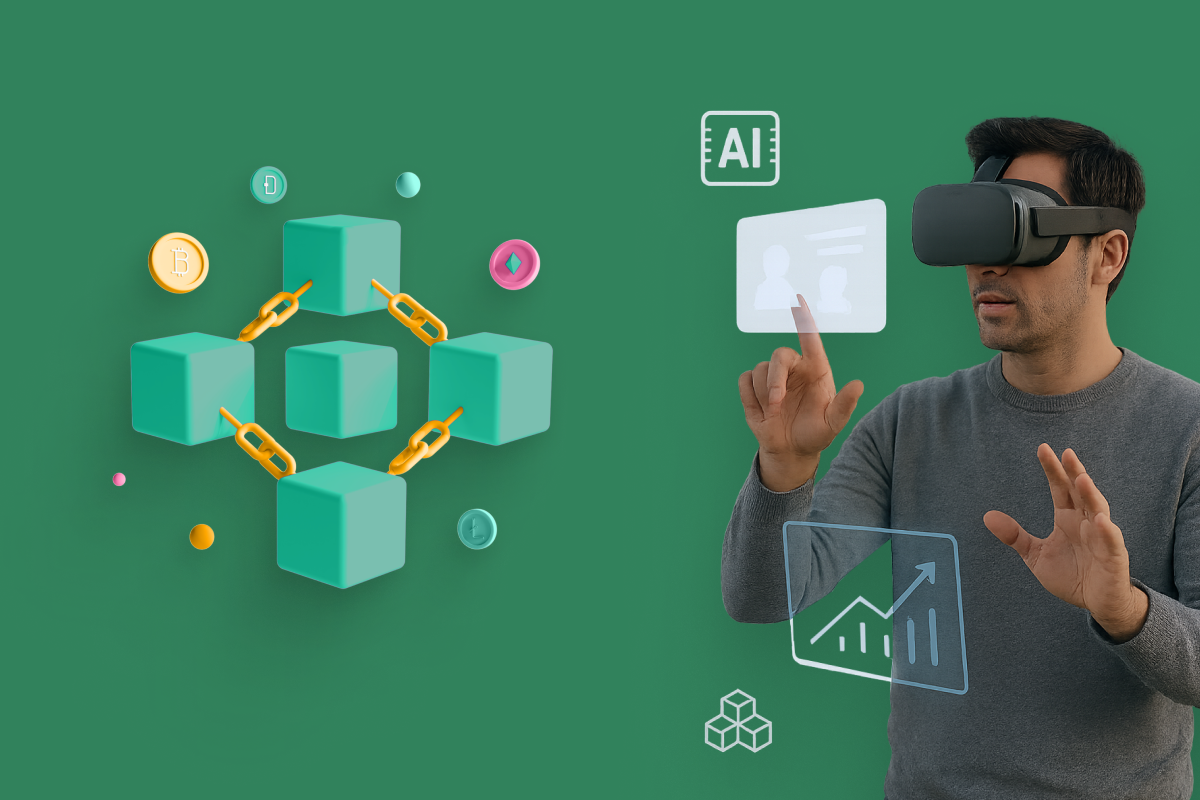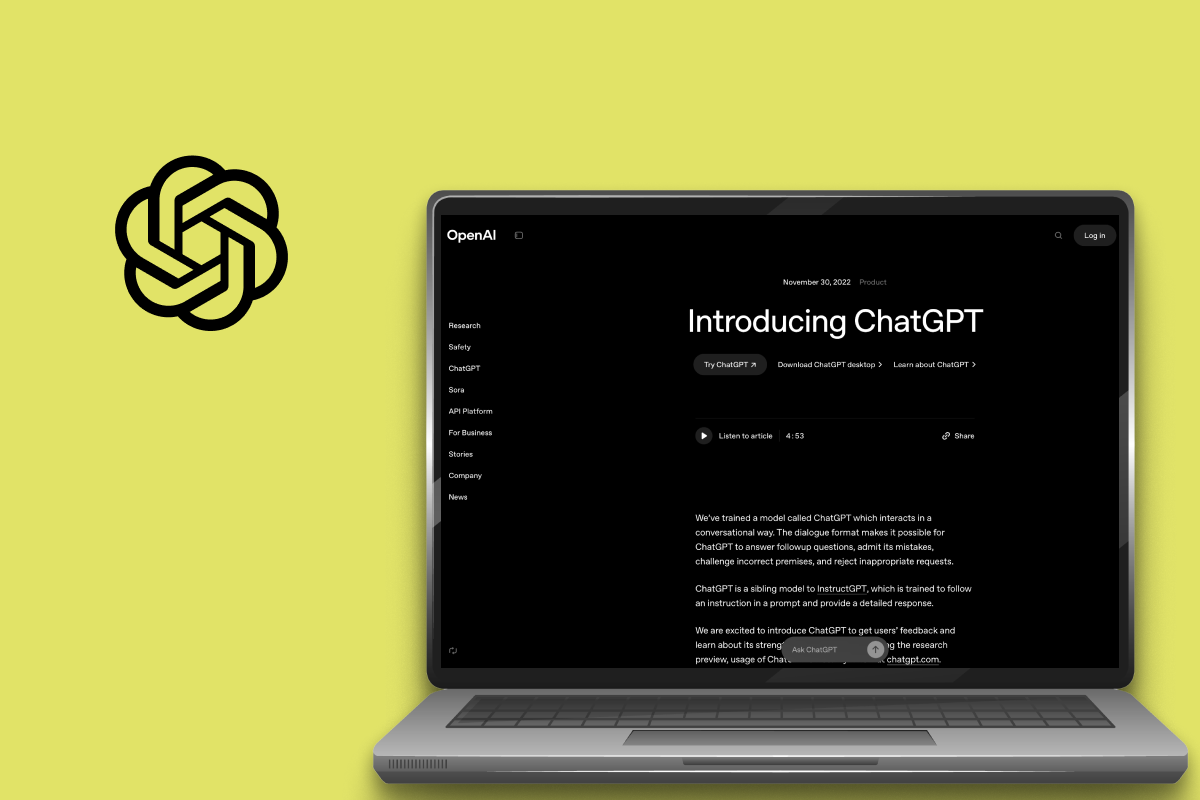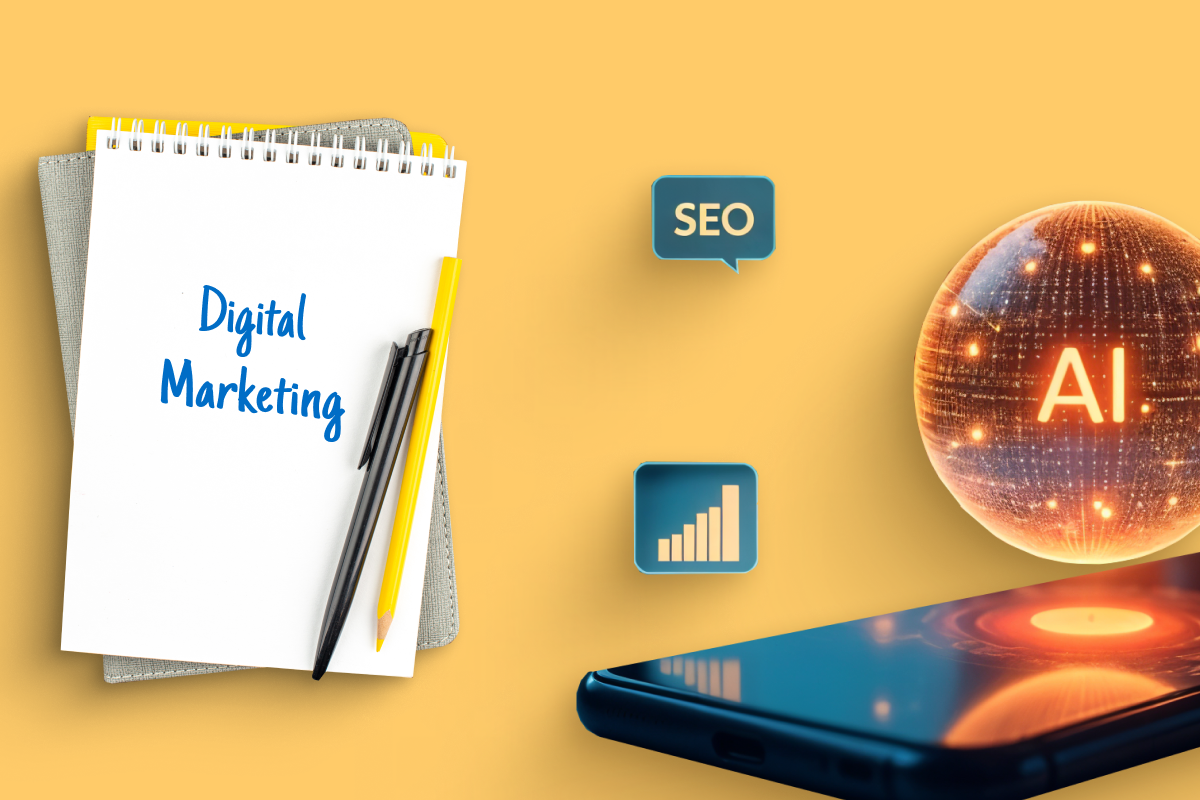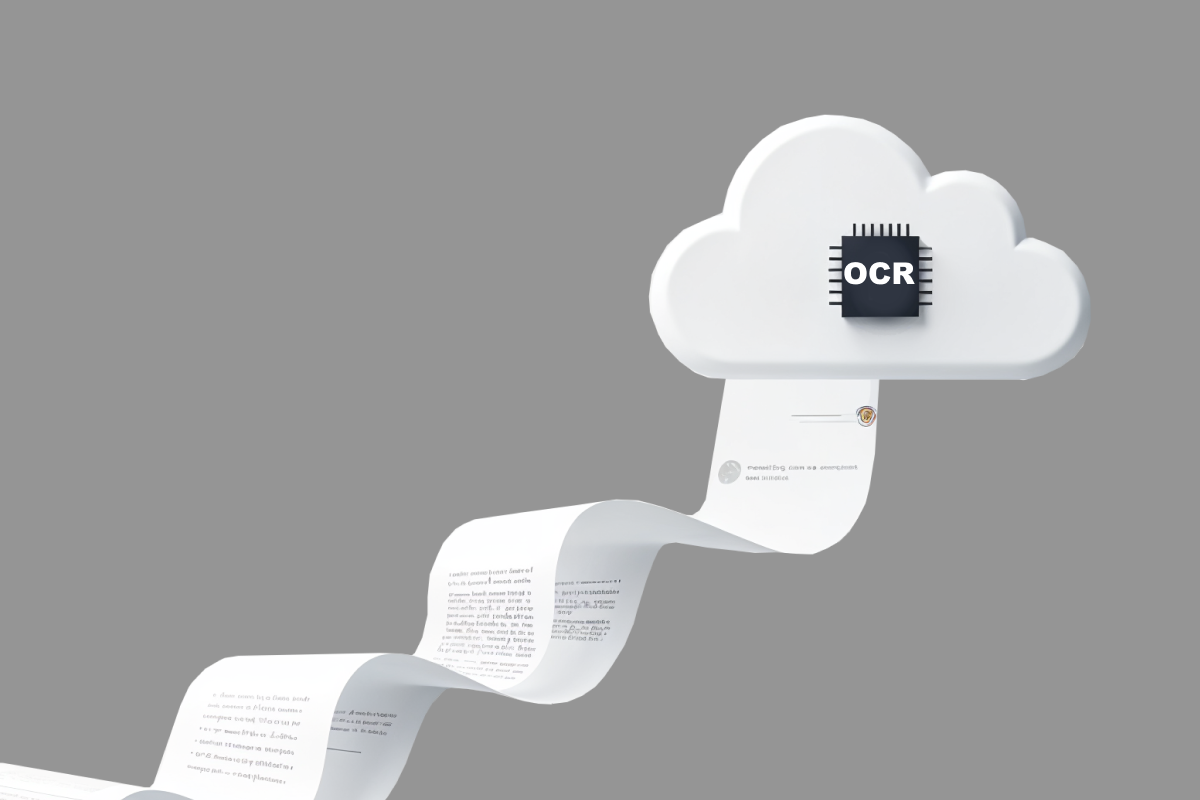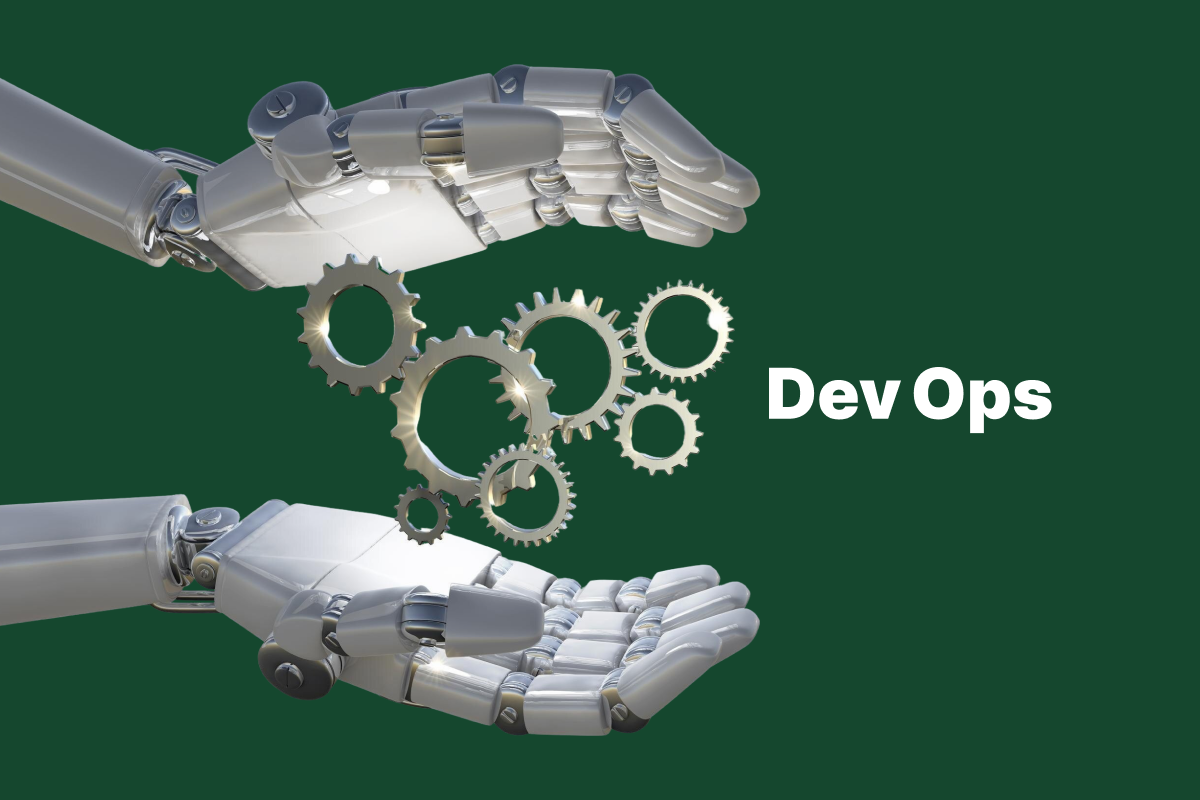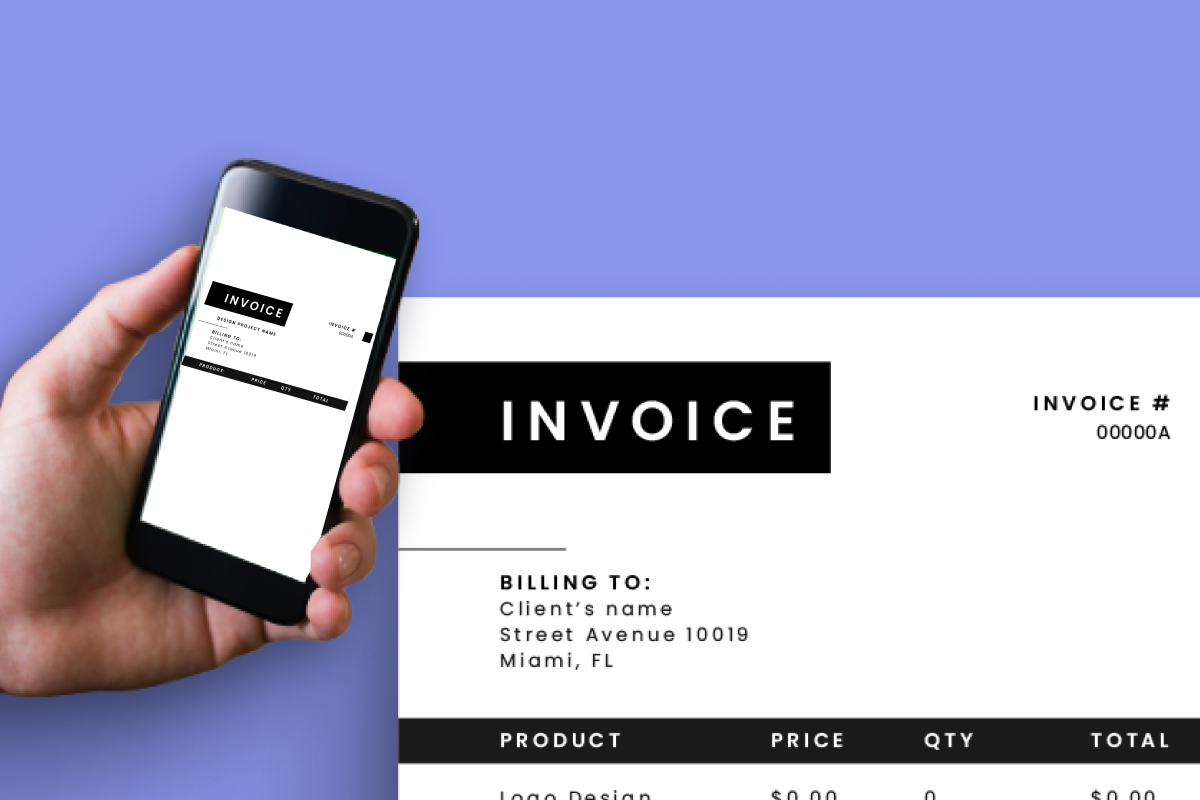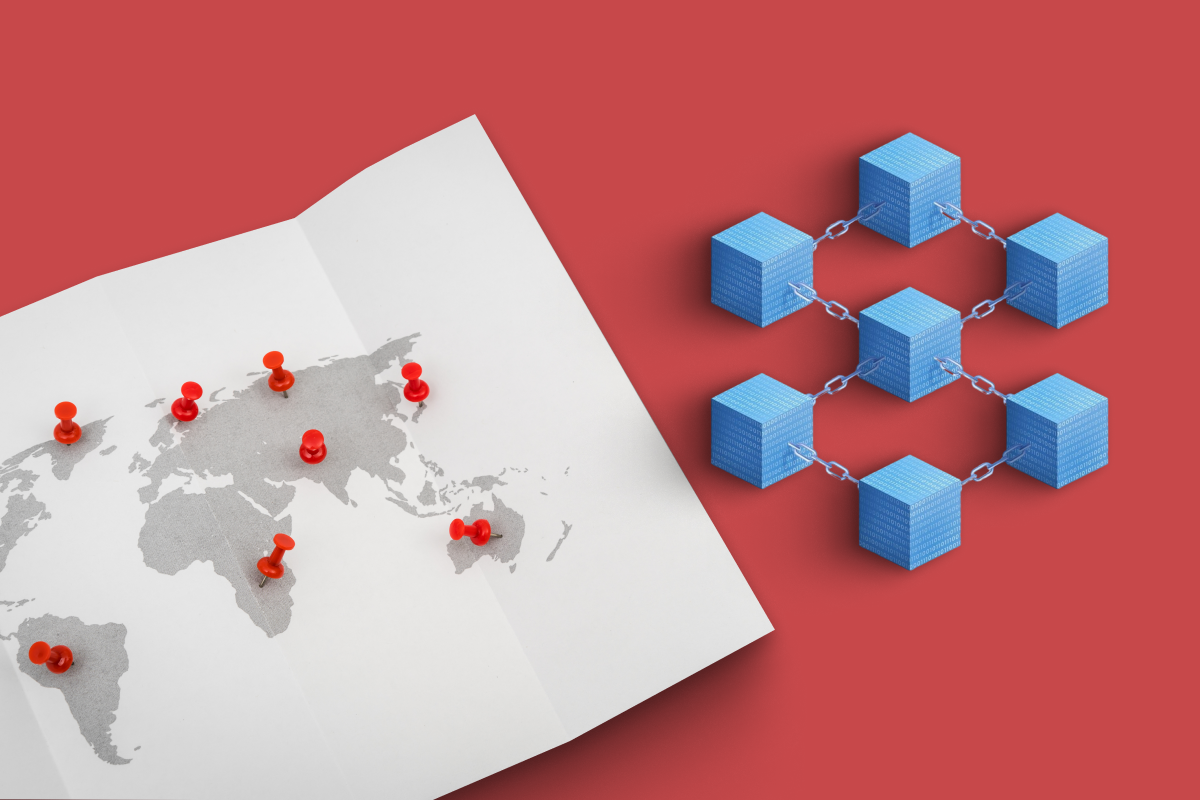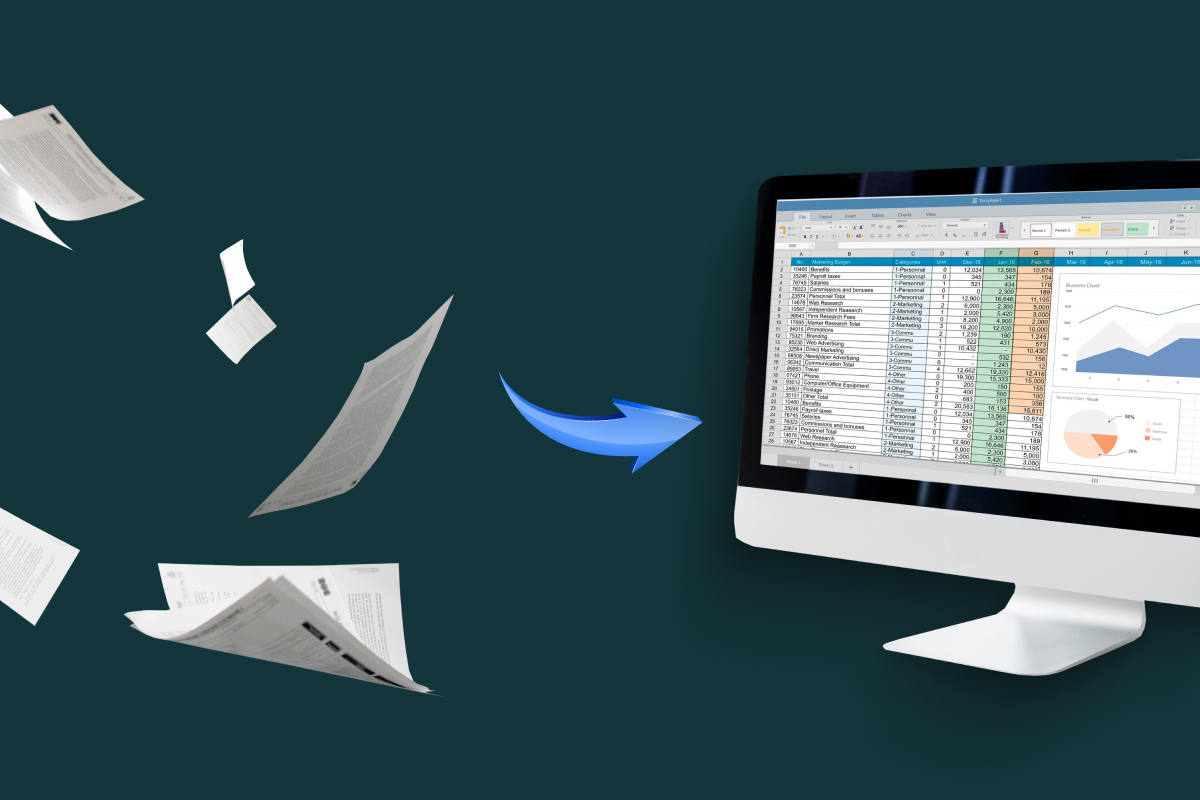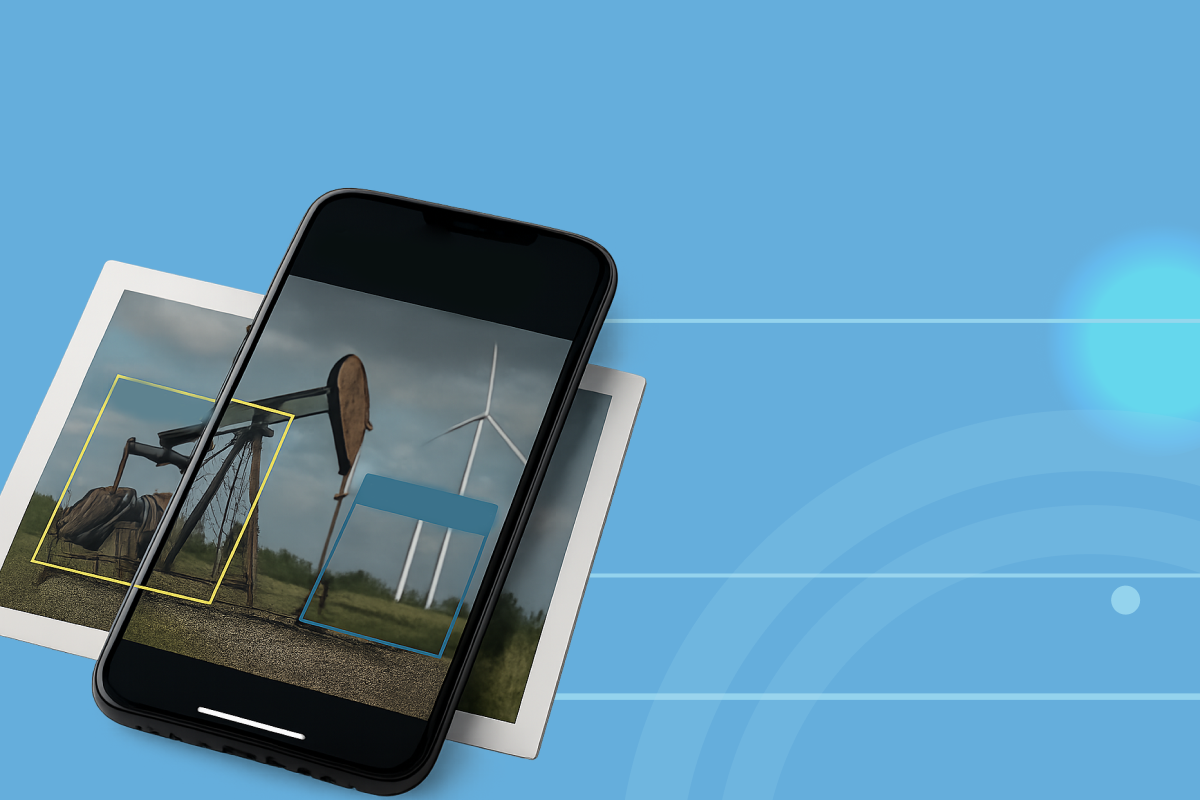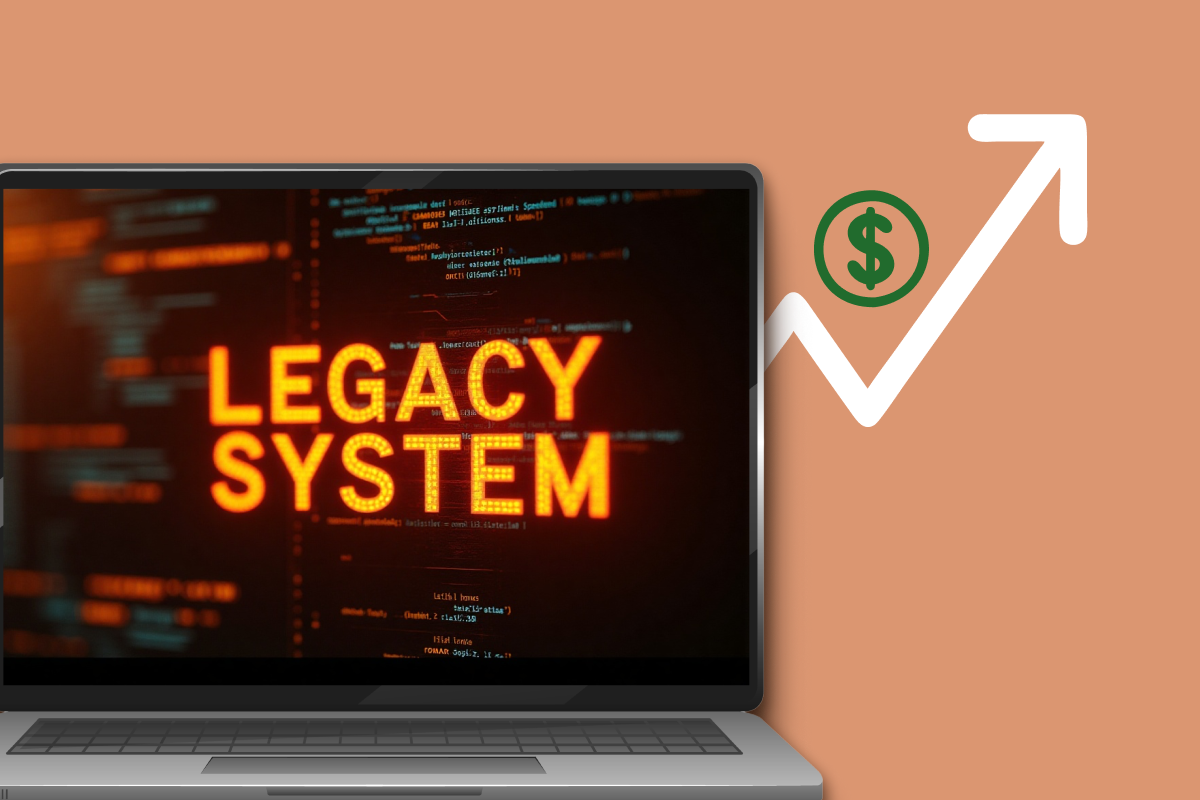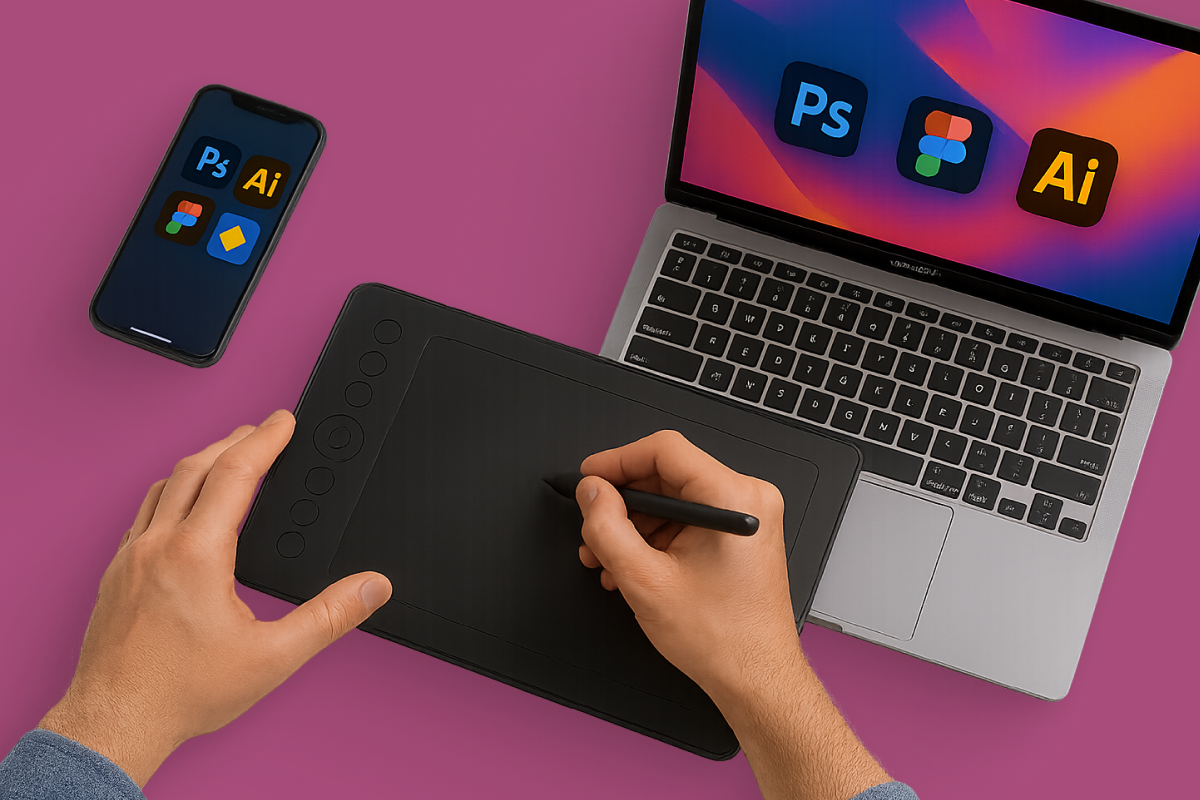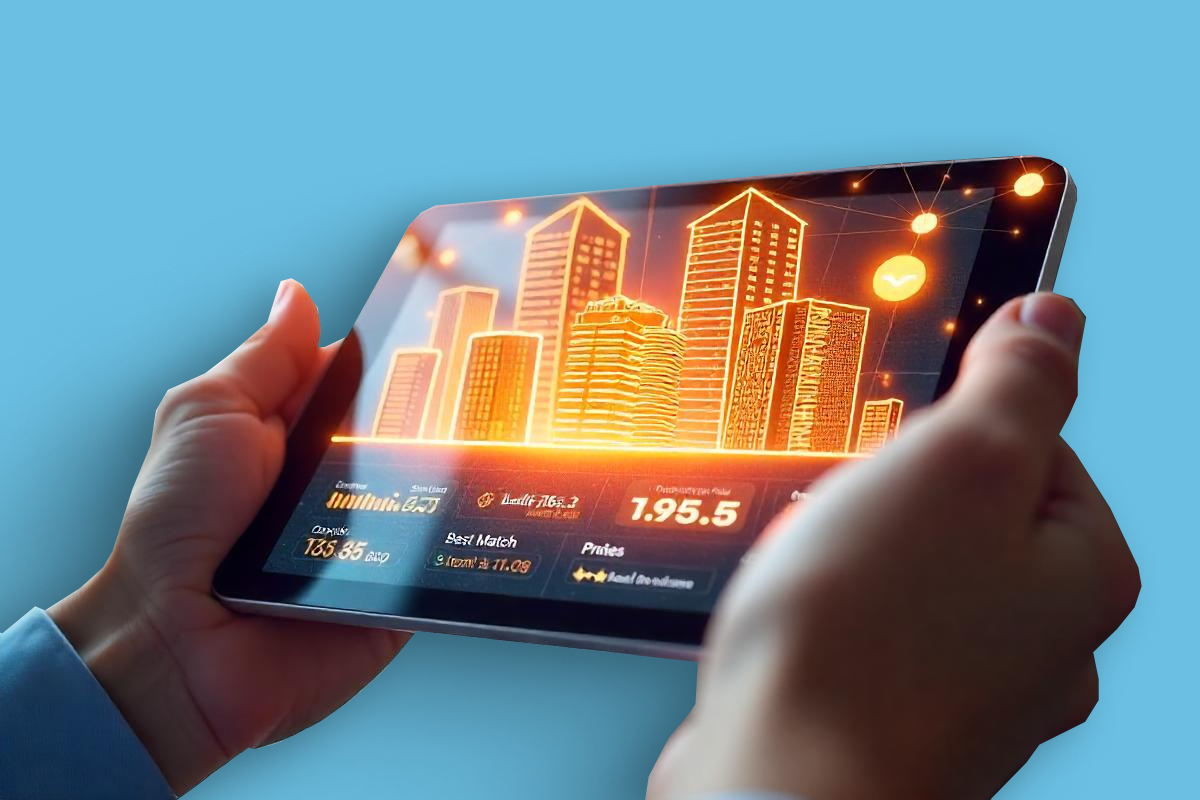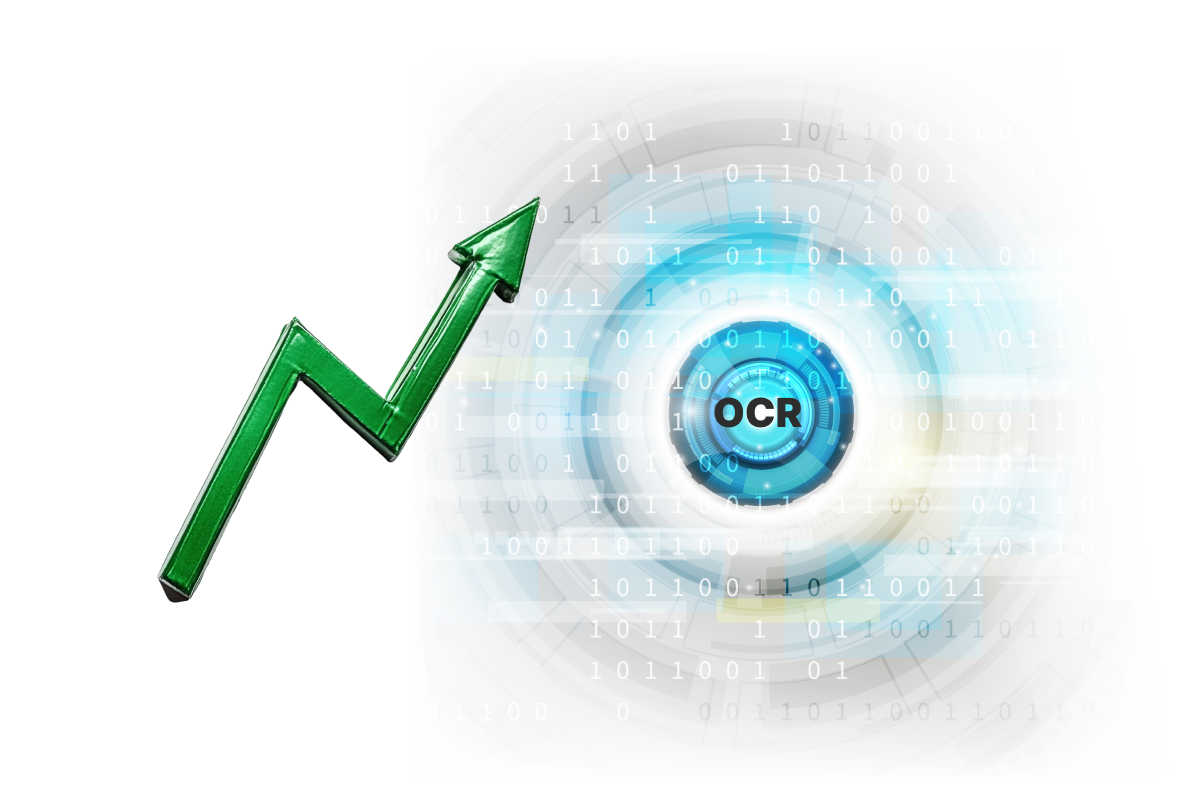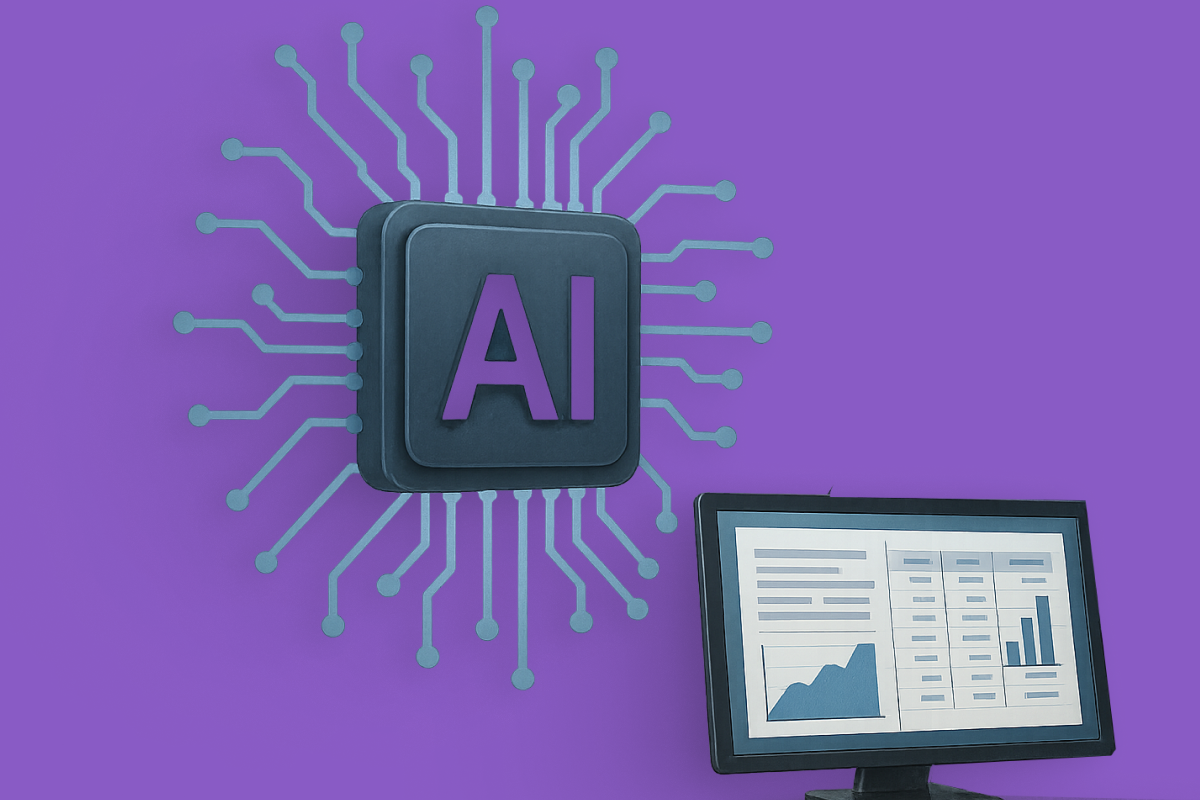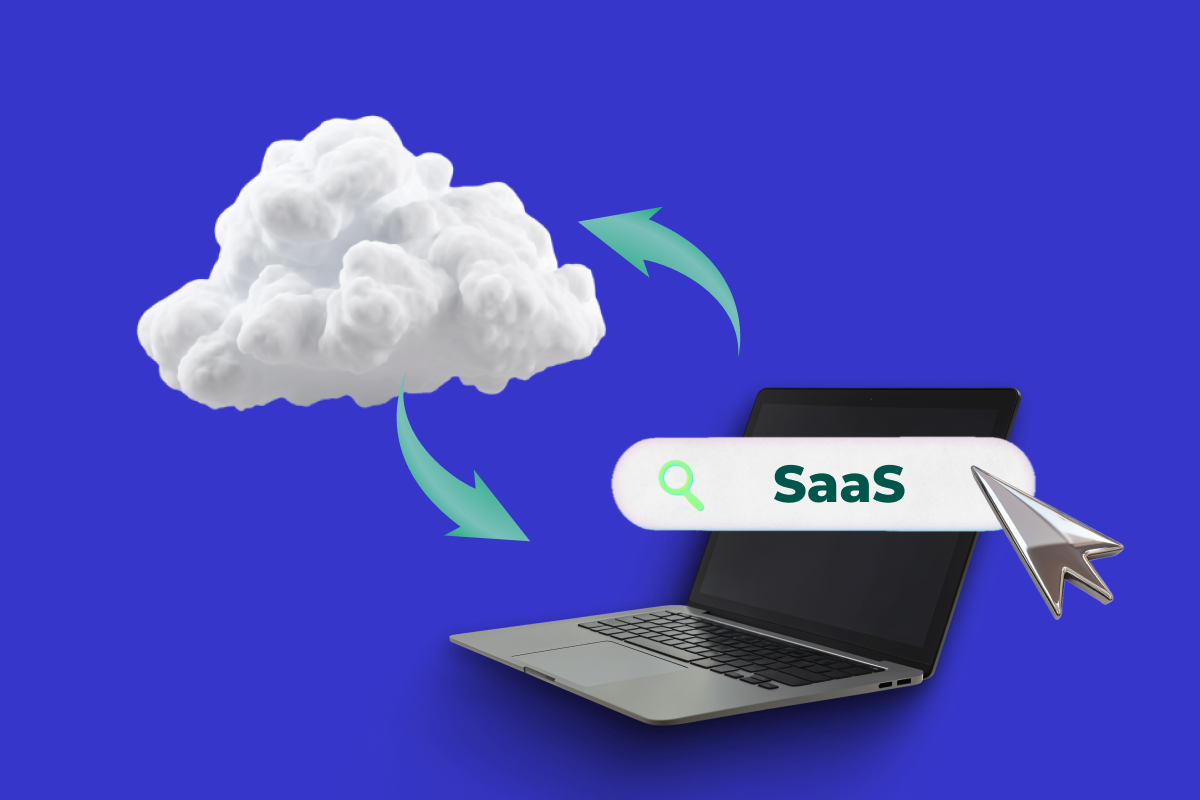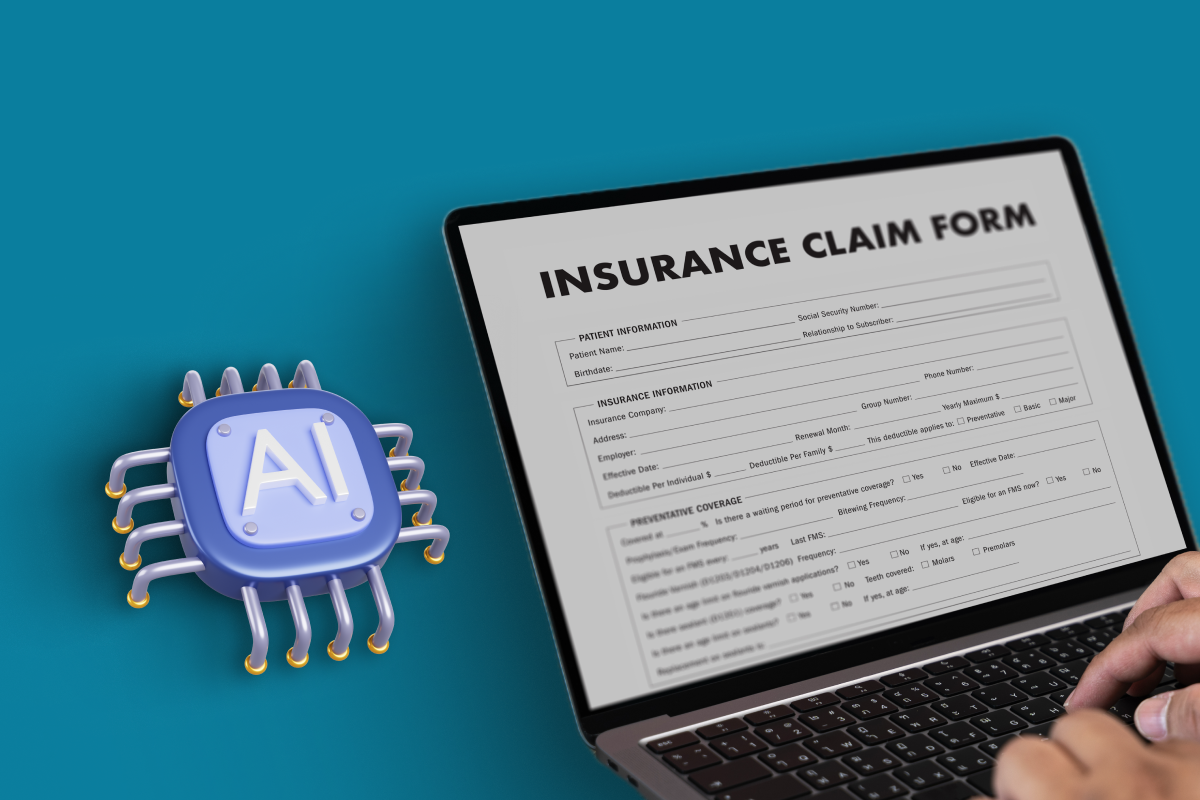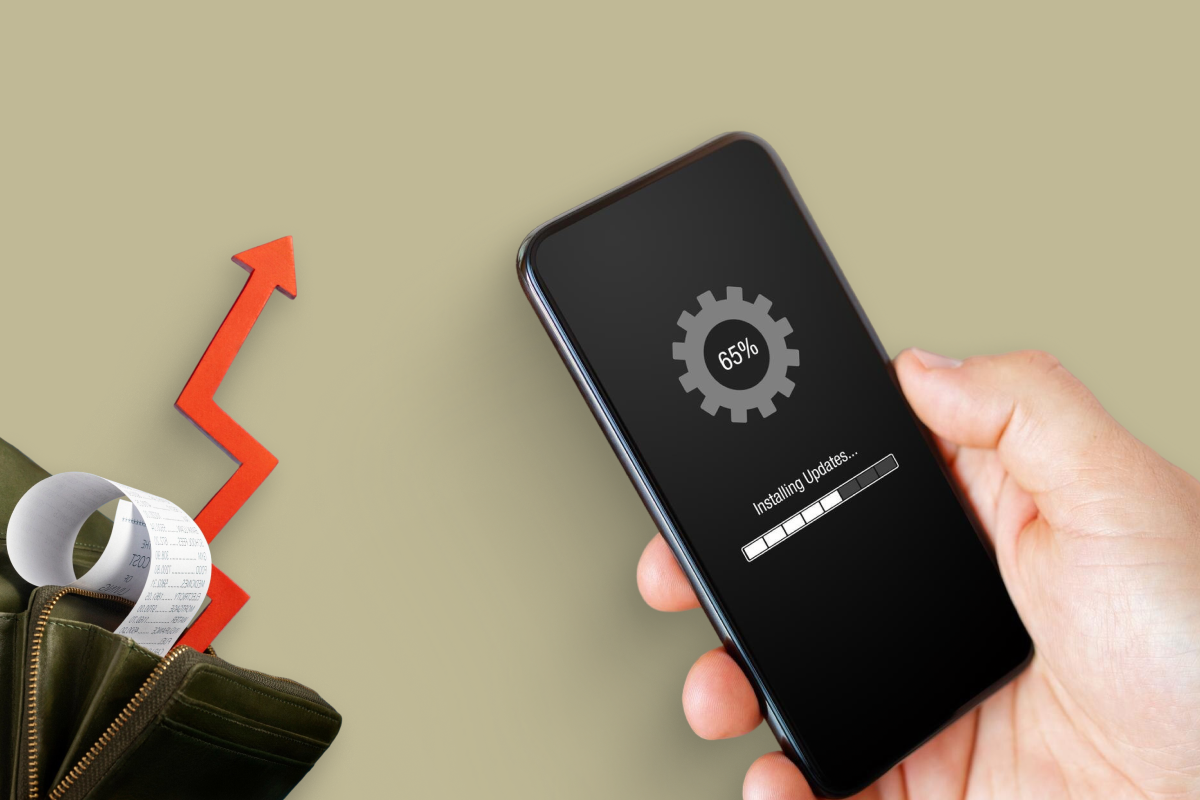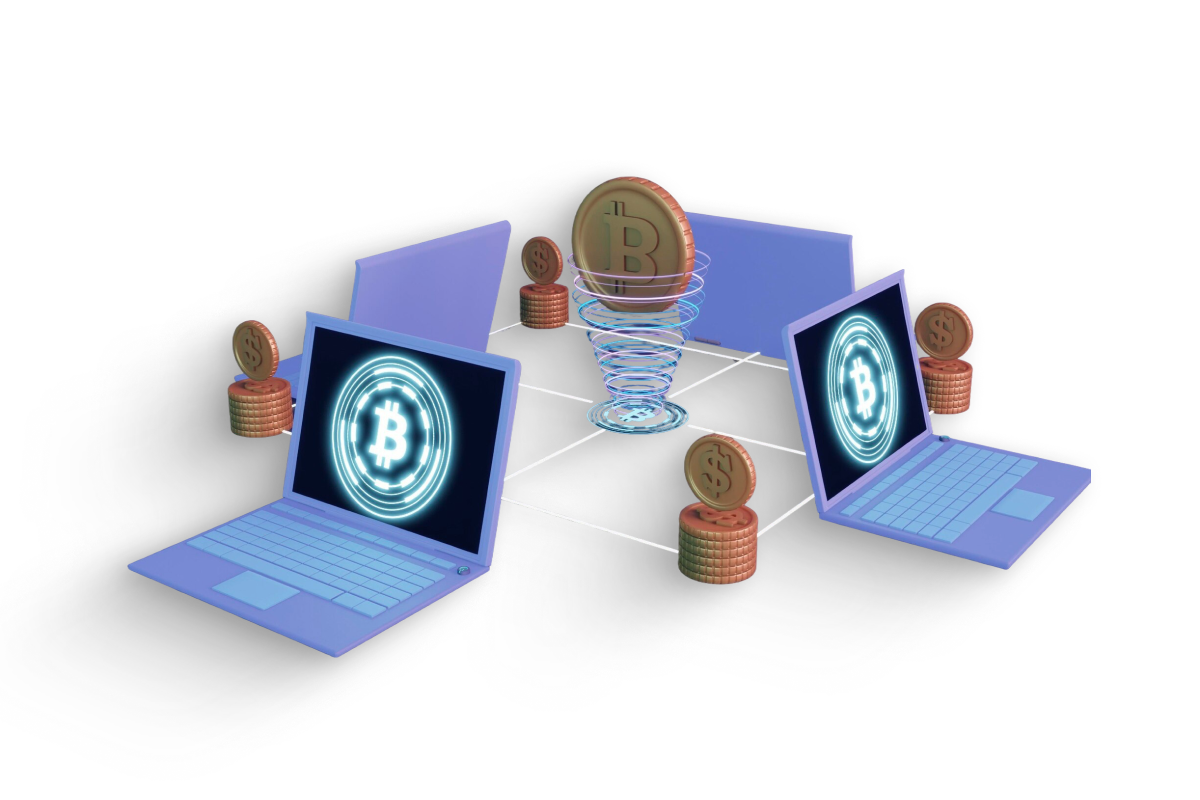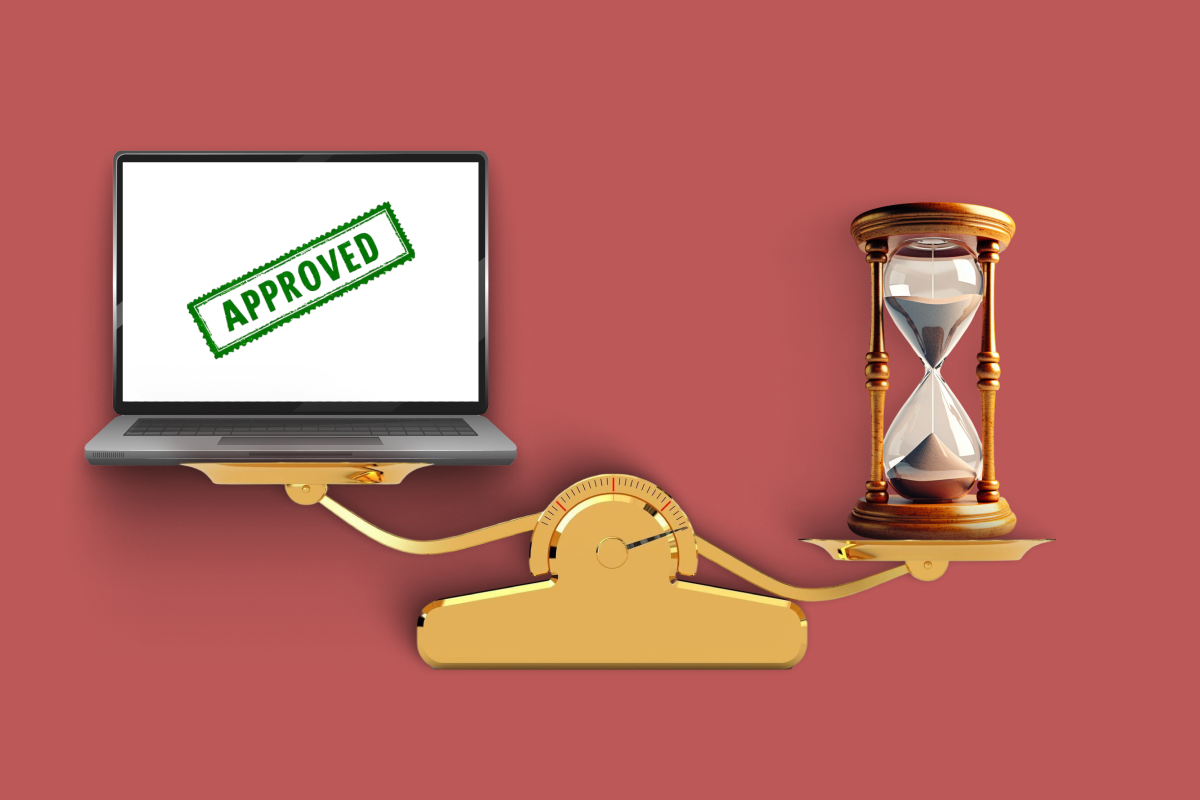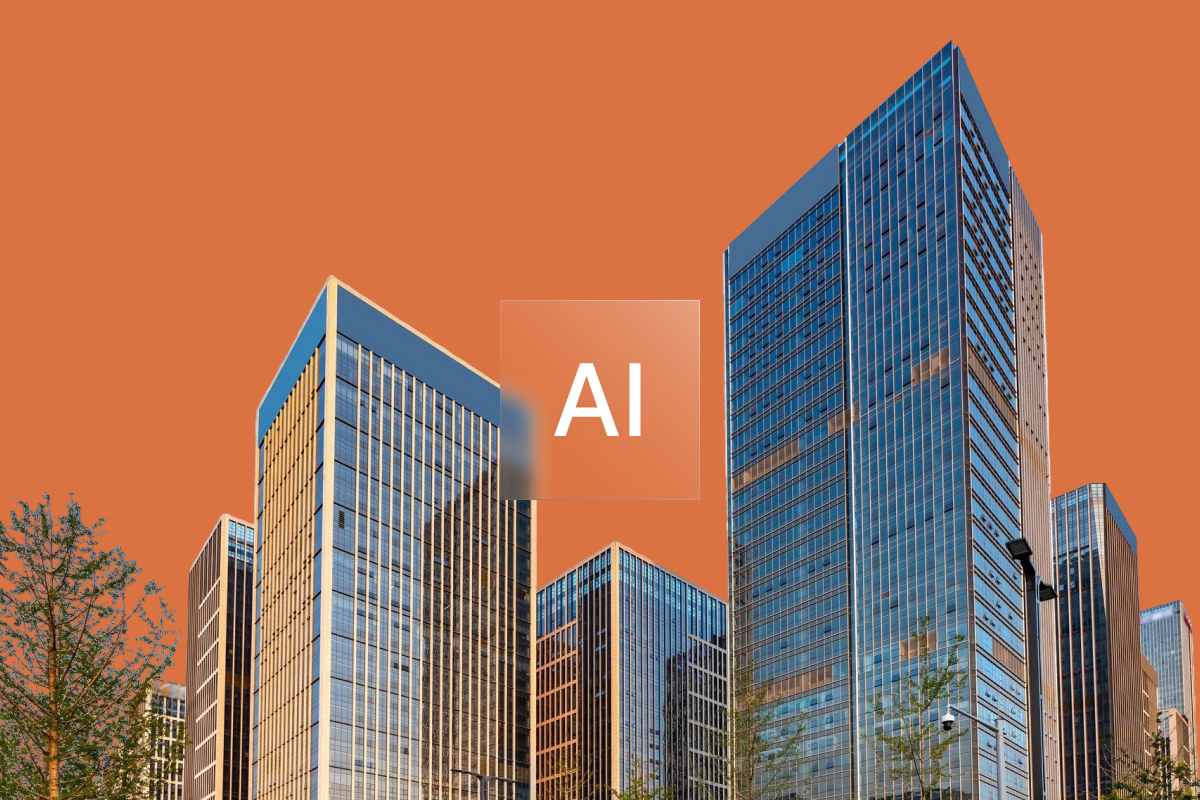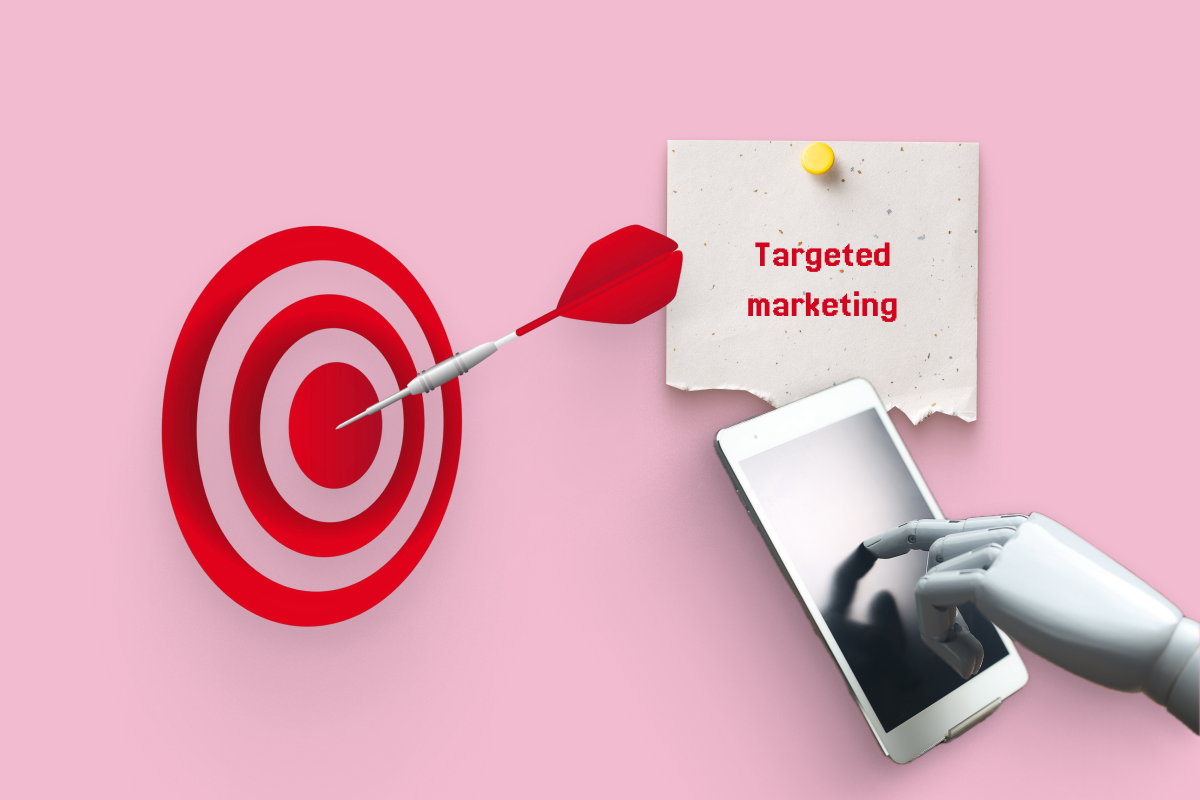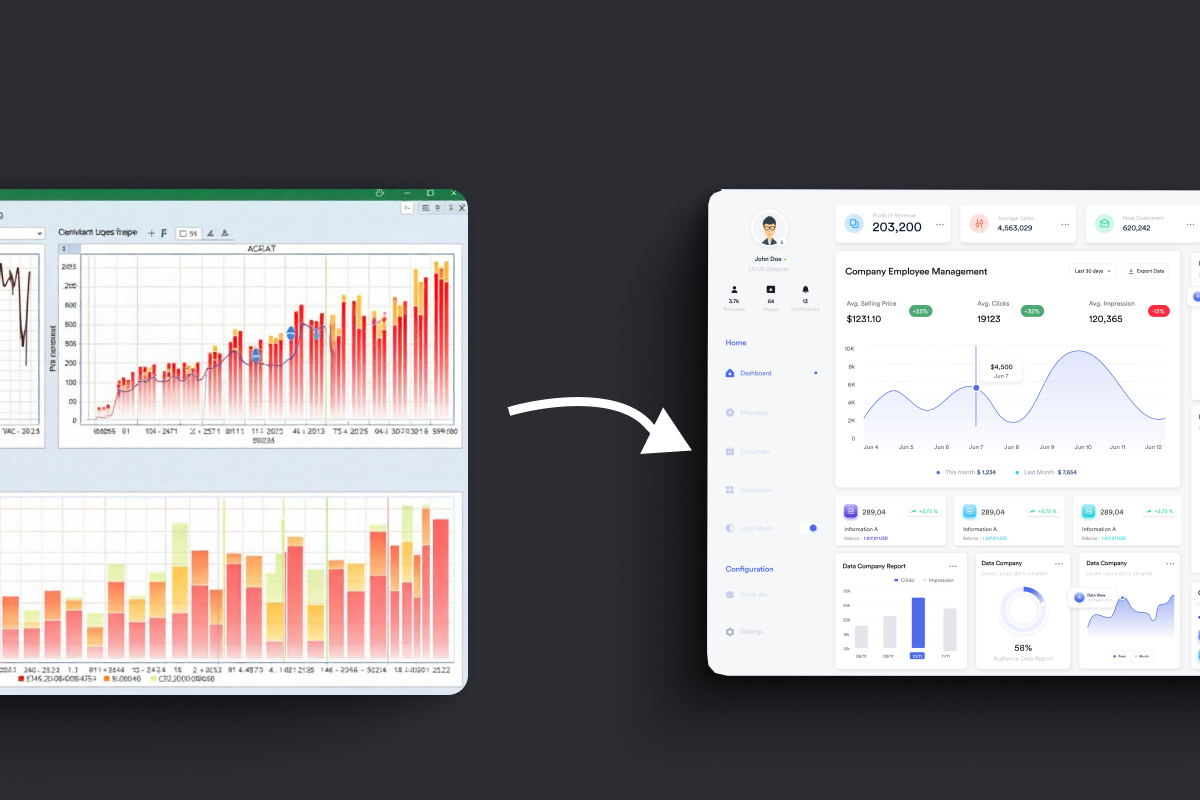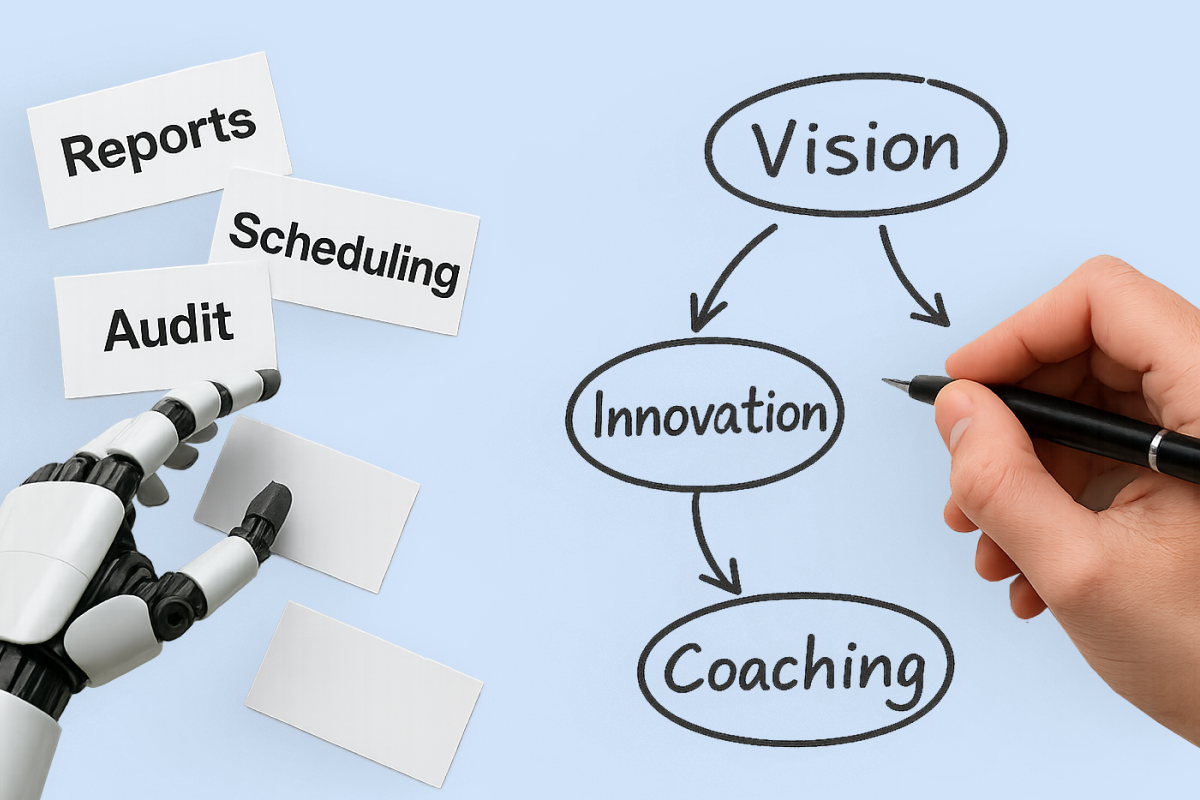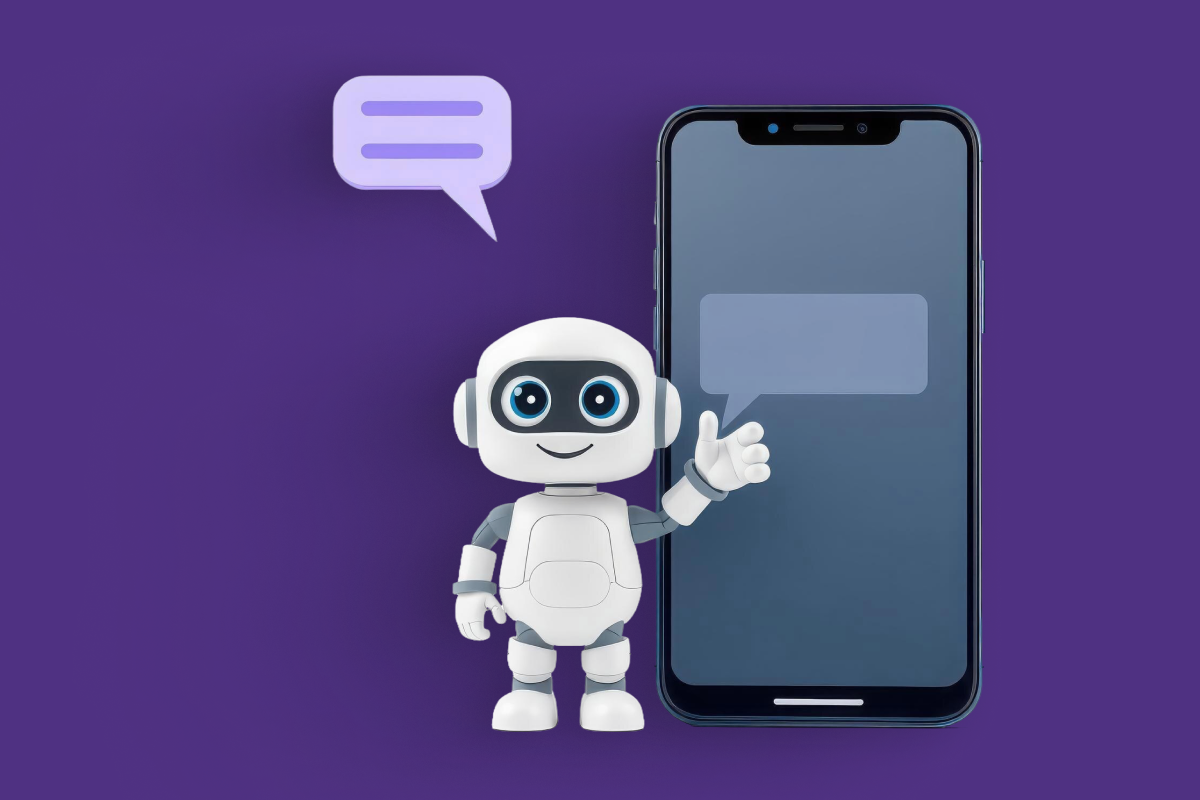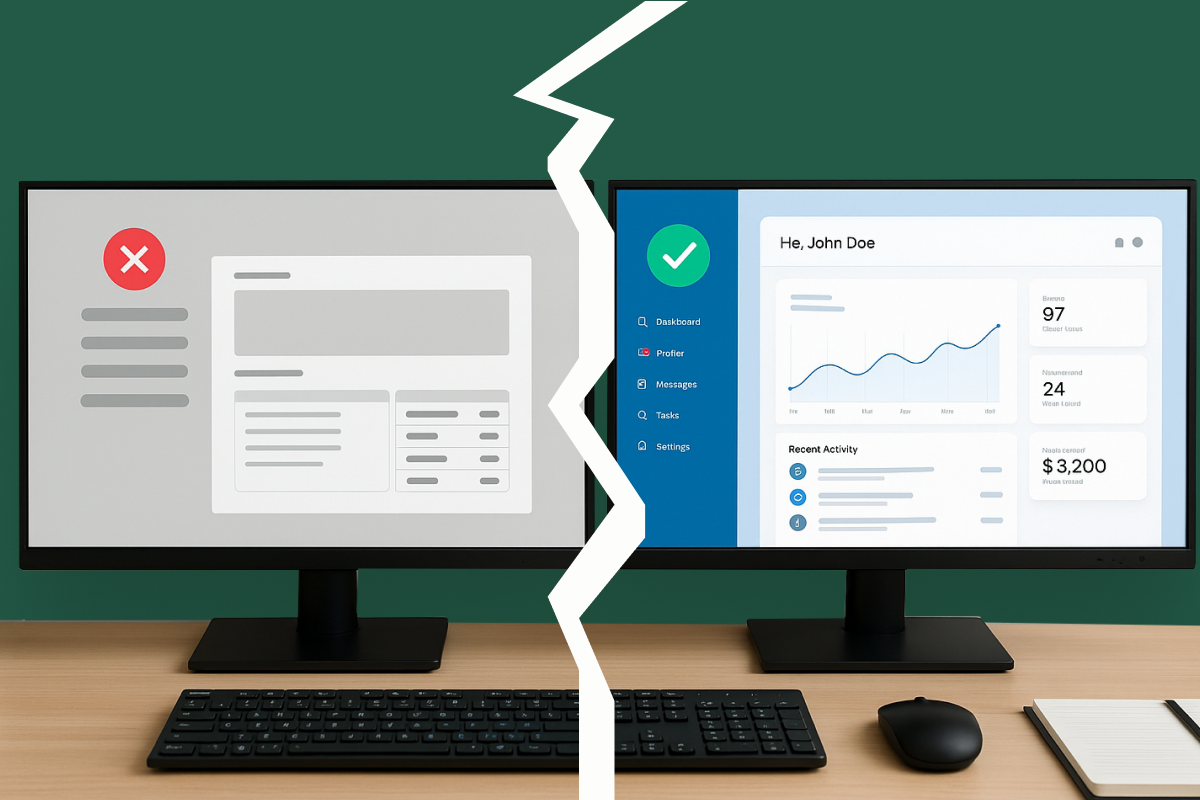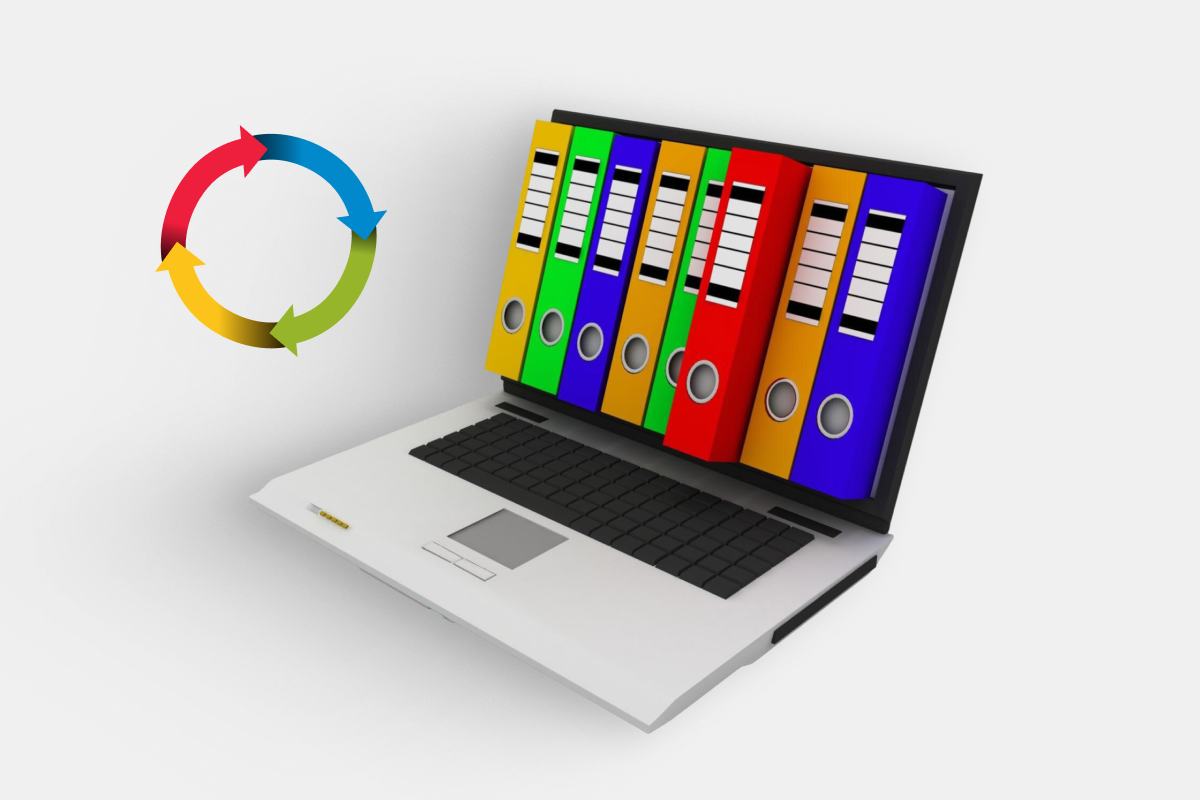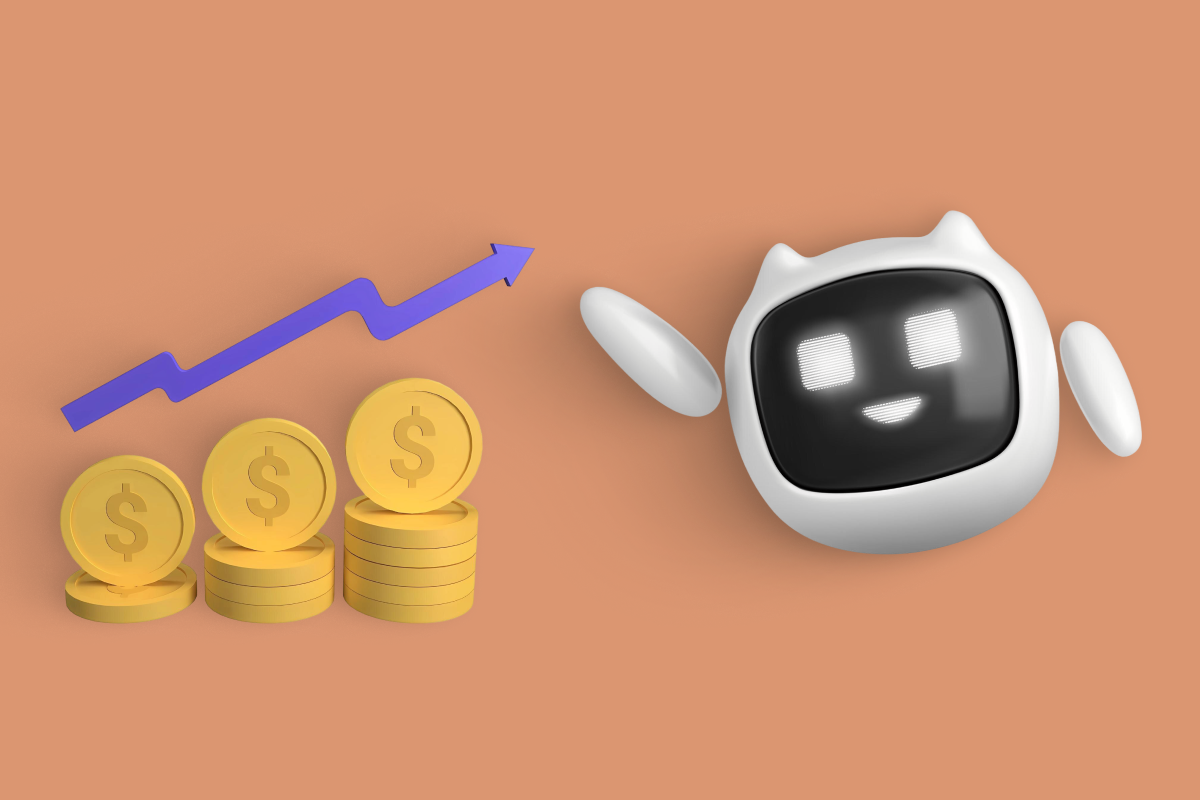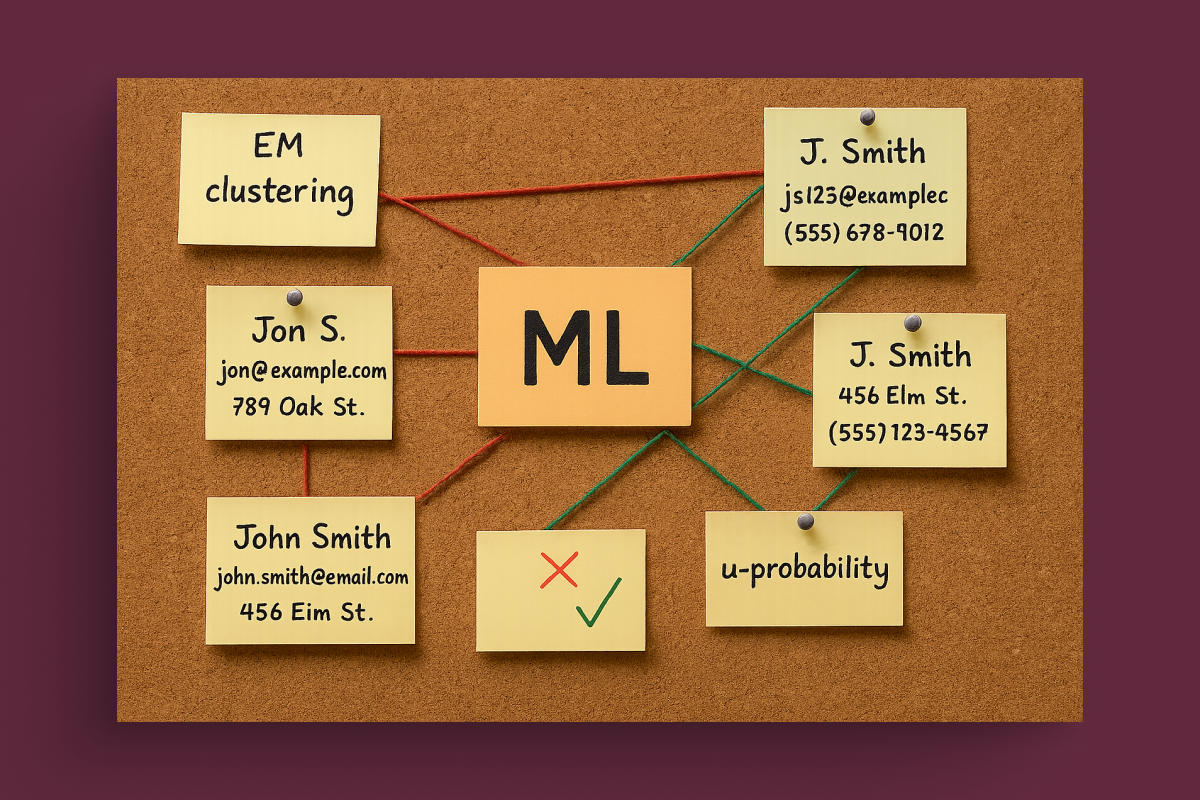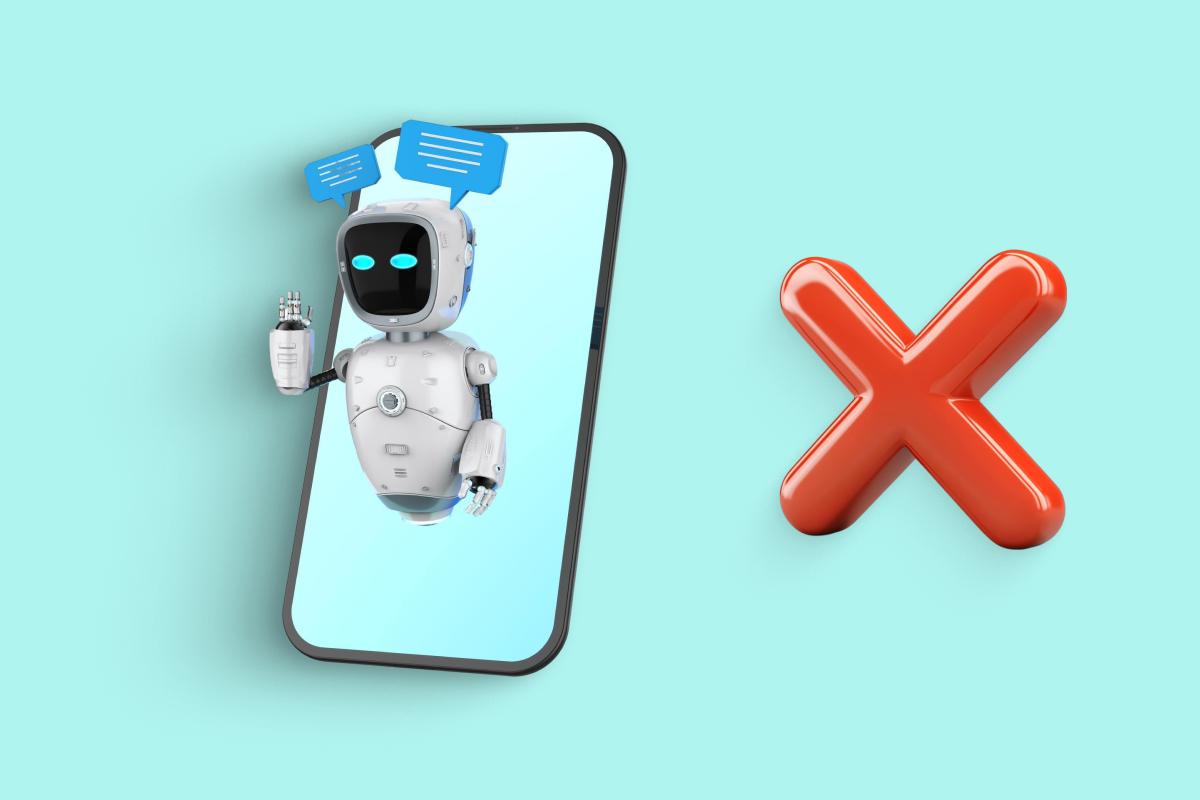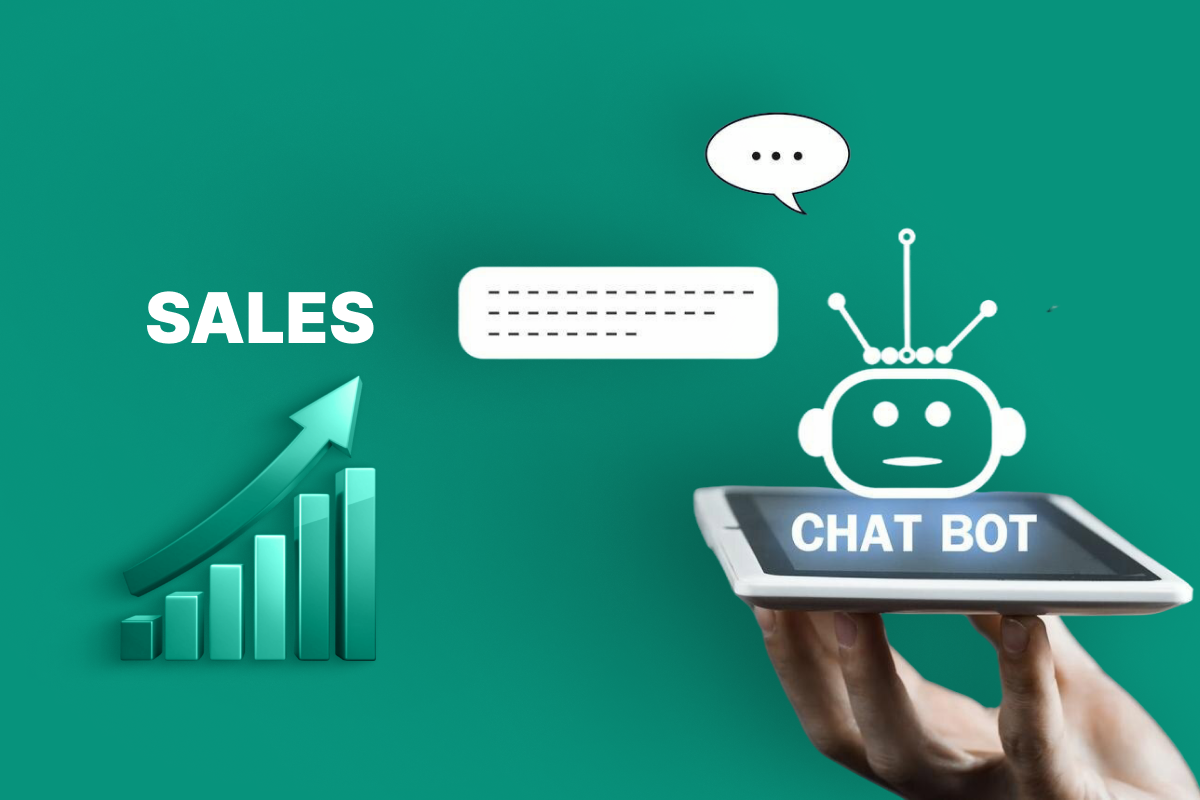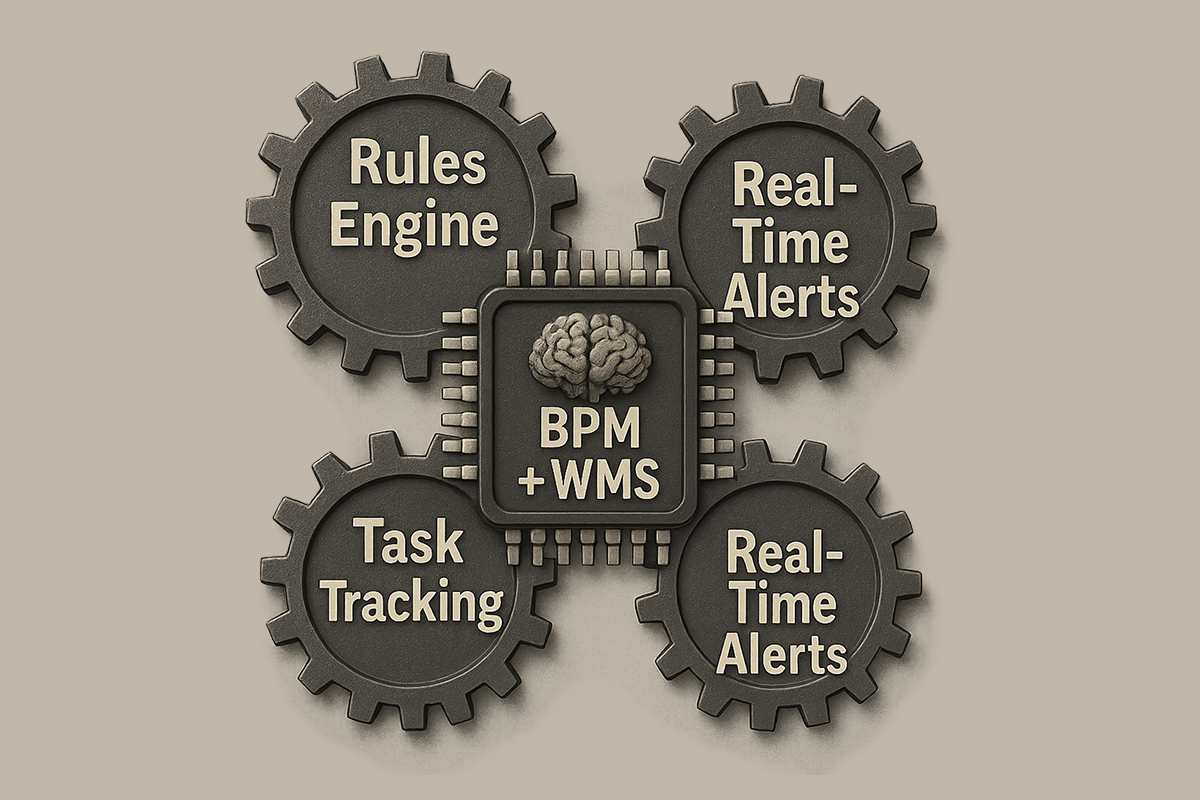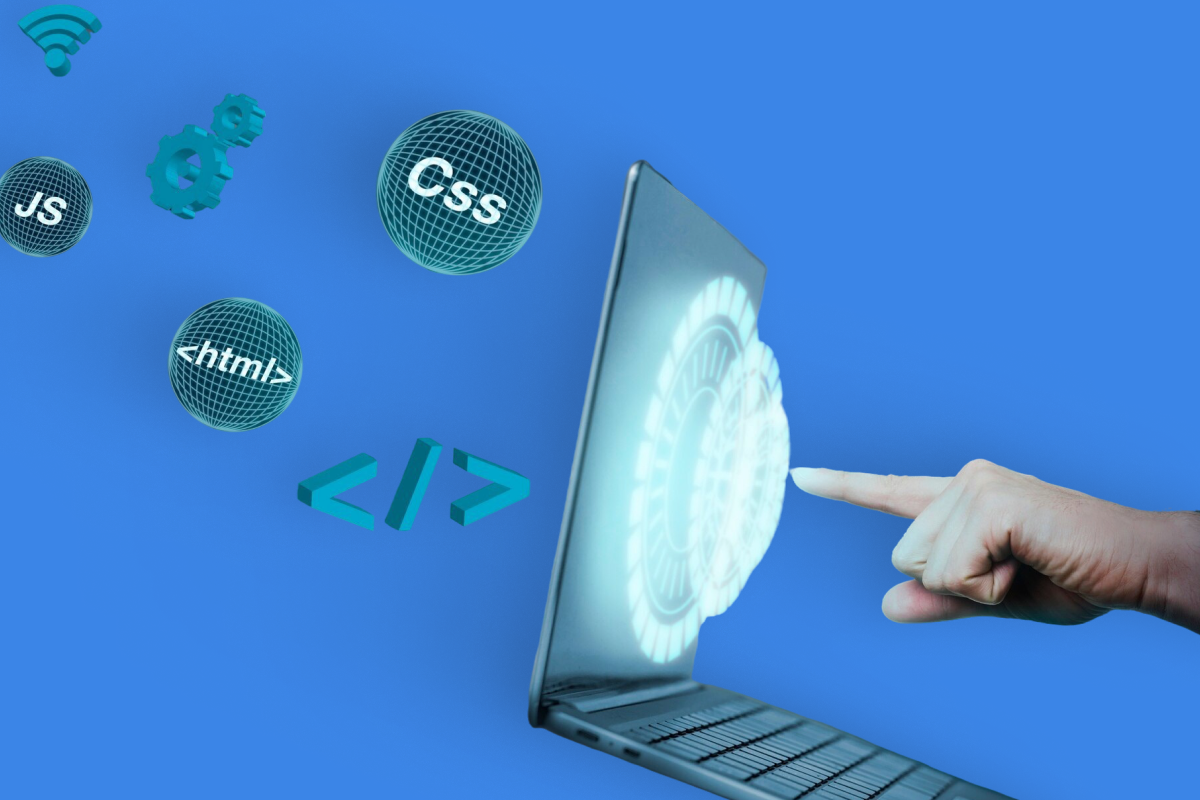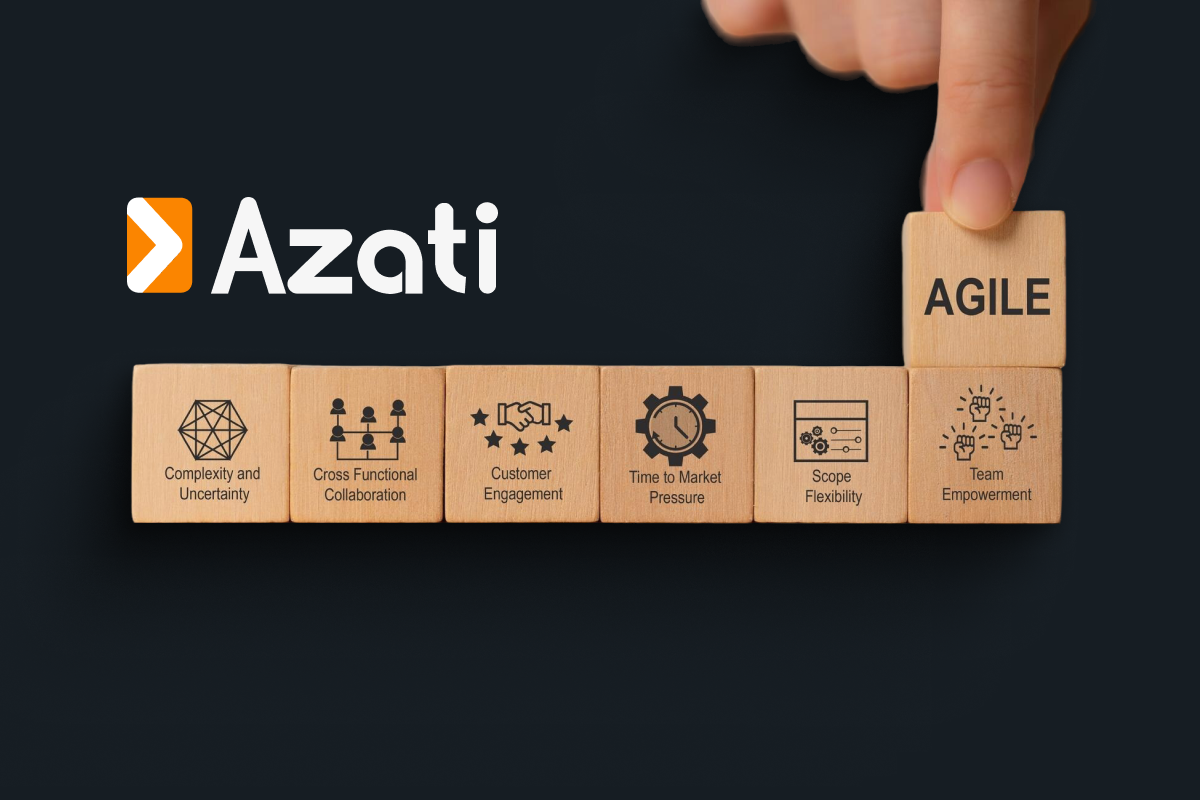Great projects start with bright ideas. It is easy to imagine what you want, but not that easy to get the work done. Quite often our first perceptions about a project are quite abstract, and focusing on the main things can help to reach the right upshot.
Perfection is simple
When you are thinking about your next project, even if it is already perfectly complete in your mind, it doesn’t mean that it will be perfect in reality. The majority of all ever-built startups are different from the first vision. MVP helps you find the right direction to your final destination.
MVP (Minimum viable product) is needed to develop primary and the most cognitive functions you need to test in your concept or design idea. It adds nothing beyond minor functionality. Sure, you shouldn’t forget about the rest of the functions because they are essential as well, but since our goal is the market, we have to determine core functionality, build and deploy a prototype in the shortest terms.
MVP allows doing market research and receiving relevant feedback from real users spending minimum time and resources. It is fair to say that MVP is a valuable approach that can be used within projects. Moreover, MVP allows regularly updating the project according to the real users’ needs.
Conclusively, this approach can help you determine the product’s potential.
Why is mvp important?
The main goal of the MVP is to launch the project quickly in the conditions of minimal, but qualitative functionality and matching low costs. Via MVP, it becomes possible to find out whether the idea is interesting for a general audience. Hence, a positive result from MVP allows you confidently move on to the development of a complete product.
Save time and resources by making sure that you are investing in the right field
Less development time and resources mean lower app development costs. Moreover, the faster you show a project to customers, the quicker you will find out your potential users’ opinions and fix shortcomings before it becomes too late.
Find out your target audience at the early stage
The “MVP approach” was created to help you understand whether your target audience is interested in such a product and demonstrate the potential of the idea at the initial phase.
Keep your budget safe
Since MVP doesn’t require full functionality and mainly oriented on the idea, it makes it possible to avoid spending all of your resources right away on a thing that may not work.
Attract potential investors
It is a well-known fact, the faster you demonstrate your idea, the sooner you will find investors and get money to build a full version of a project. Doing so, you might be sure that there are people who are concerned about your future growth.
So, how much does it cost to build mvp?
It is not hard to calculate how much it costs to build a complete solution, but not easy as well. Cost evaluation requires some basic knowledge about the project: target audience, primary and secondary functions, and project’s duration.
If we are talking about the MVP, development costs may vary depending on different factors: core functionality of the MVP, country of development, design, a number of features and their complexity, technology stack, duration and the idea itself. It is obvious that some functionality is more expensive to implement.
MVP is all about business analysis and figuring out whether the idea meets customers’ needs and expectations.
The building of MVP comprises three main stages: analysis, development, and testing. If these stages seem simple to you, don’t be deceived. Each step consists of many small phases: these substeps more accurately describe the process of development. Let’s have a closer look at the milestones.
1. Analysis
Analysis is a first stage in every software development project. This phase defines the main problems, highlights the main functions, and sets up approximate costs.
This phase allows you to set the initial framework and boundaries. Before you come up with the idea, you have to define if it is useful and relevant, in other words, whether it meets customers’ needs. The more information you have, the higher your chances of success are. You have to analyze not only your idea, but also your competitors and market situation to make sure that your product is good enough to be presented for a general audience.
Sometimes experienced business analysts can help you determine the value of an idea, because these guys quite often deal with various businesses and can see various business problems.
By asking questions such as:
- Why would clients buy this product?
- How can it be useful for them?
- What does your product offer?
- What do users want?
You can list the project features, which should be prioritized in the MVP.
Fact: Design – is one of the key factors of qualitative MVP. Design is a direct way to make using convenient. Hence, existing apps should be checked on usability to determine which kind of design is more suitable for the market.
2. MVP development phase
Once you have decided upon the key functionality and have learned about the market needs, you can start the development phase.
Keep in mind that a small amount of functions doesn’t mean that these should be low quality. Otherwise, all of them should be accurately thought out and coded properly. Selected functions have to meet customer needs and expectations, as well as be easy to use.
At this stage, there are several nuances:
1. Price often varies, depending on the country of development
Over the past few years, the number of companies offering IT-outsourcing services has significantly increased. Currently, many organizations transfer part of their work abroad (offshoring or nearshoring). Why does it happen?
The answer is pretty simple – development costs. In other words, companies try out to find qualitative services at an affordable price. Therefore, you can optimize development costs while maintaining quality. But the main question is: why do different countries offer different prices for the same projects?
There are plenty of cultural, religious factors, differences in a mentality that has a significant influence on how people work. The country selection also depends on communication skills, technical competence, and experience, customer feedback, approaches to work, and other characteristics. Remember that stereotypes about countries – are not always true.
2. An important role plays the choice of the right programming language
You should always keep in mind that the minimum viable product doesn’t need complicated programming languages (like Java) since you use MVP primarily for testing the hypothesis.
3. Testing phase
After the completion of product development, the product needs to be tested. It may seem that testing a few functions is senseless, but this opinion is wrong.
Testing is critical to confirm the quality of the product and implemented functionality which is going to be released soon. Until a testing phase, developers can’t have a guarantee that everything is fine.
MVP’s recently developed at Azati:
ML-powered search engine for a bioinformatics company
- Project: Intelligent search engine for sophisticated scientific datasets containing bioinformatics data powered by machine learning and enhanced search techniques.
- Cost: $3400
Custom conversational platform for a startup
- Project: Intelligent conversational agent powered by machine learning and artificial intelligence written in Ruby. The application connects WhatsUp, Viber, WeChat, Facebook Messenger with a self-made helpdesk, and provides canned answers and quick responses to an operator based on its previous conversations.
- Cost: $13.200
Web-scraping engine for a startup
- Project: A group of web-scrapers connected into one robust platform, that extracts data from popular websites and social media to build a custom customer profile. The MVP extracts data from TripAdvisor, Yelp, Twitter, Facebook, Instagram, Google SERP, and etc.
- Cost: $8040
Search platform for a shared inventory
- Project: Our team built a solution that collects information from various data sources: ERP (enterprise resource planning) and SCM (supply-chain-management) applications, plain text catalogs, spreadsheets and several external databases into one unified data bus. We’ve also developed a simple but reactive user interface to look for a specific entry across all the datasets in real time.
- Cost: $6400
Semantic search engine for a bioinformatics company
- Project: The main goal of this project was to build a search engine that can understand human language without resource-intensive post-processing. Our engineers were among the first who developed a search engine, that processes human language on the go and understands what stands behind words.
- Cost: $8050
There are some cases when we are not sure whenever it is possible to achieve the desired results. Actually, we know that companies sometimes charge their clients for doing initial research, but we are slightly different.
But as our team is on the edge of technology: we often develop new technologies and frameworks from scratch (especially if it is related to machine learning or artificial intelligence) – sometimes we do some work or even do research for free, as it helps our team to grow and dramatically improves our expertise.
If you are a startup (with a small amount of funds) or have an idea that already works, it is okay for us to build an MVP for free or meeting minimal costs.
The final product development of which can take from several months to several years can cost much more expensive than MVP. Moreover, there is no guarantee that the project will be satisfactory from the first trial. The cost of rebuilding a finished project will be much more expensive than the gradual correction of errors through MVP using Agile development strategy.
Thanks to this approach, developers, makers, and users can have the opportunity to receive feedback on the stages, and some features are easier to fix until a new sprint begins.
Conclusion
The main point of MVP is identifying core competencies and then focusing on offering viable solutions. Whether a project big or small, it requires a certain number of resources to be created. If the project is not successful, you can lose a lot of money and time to build a useless product and in the end, will be crushed.
The earlier you find shortcomings in your assumptions, the less time you spend on unnecessary things. The only thing that you must follow is the careful transmission of your idea.
Sorry, but it’s impossible to evaluate the general MVP development costs because prices are calculated for each project individually. But the average price range for developing an MVP is between $5.000 and $20.000 depending on the factors mentioned earlier.
Ready to build your MVP? Start your journey with a cost-effective approach to testing your ideas and gathering real user feedback. Contact us today!
